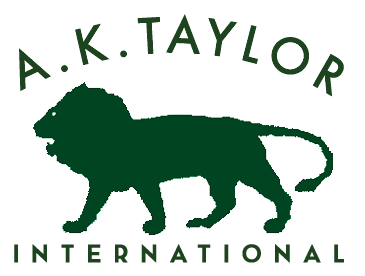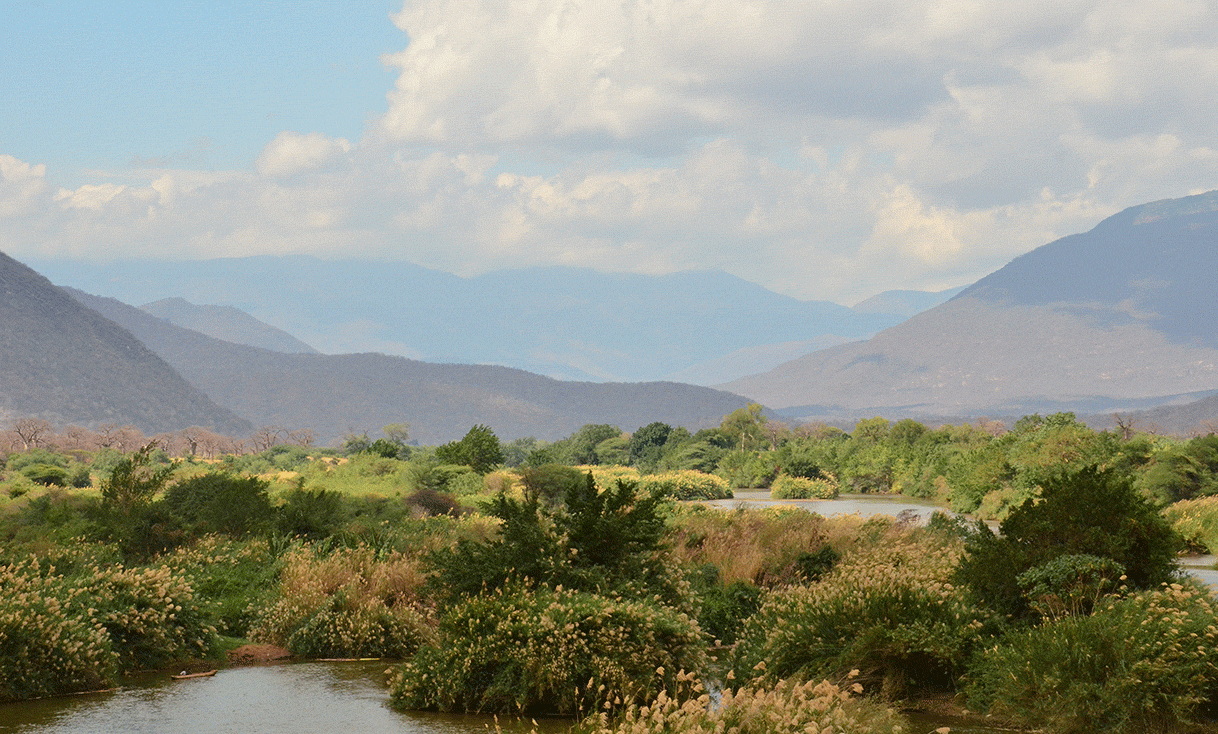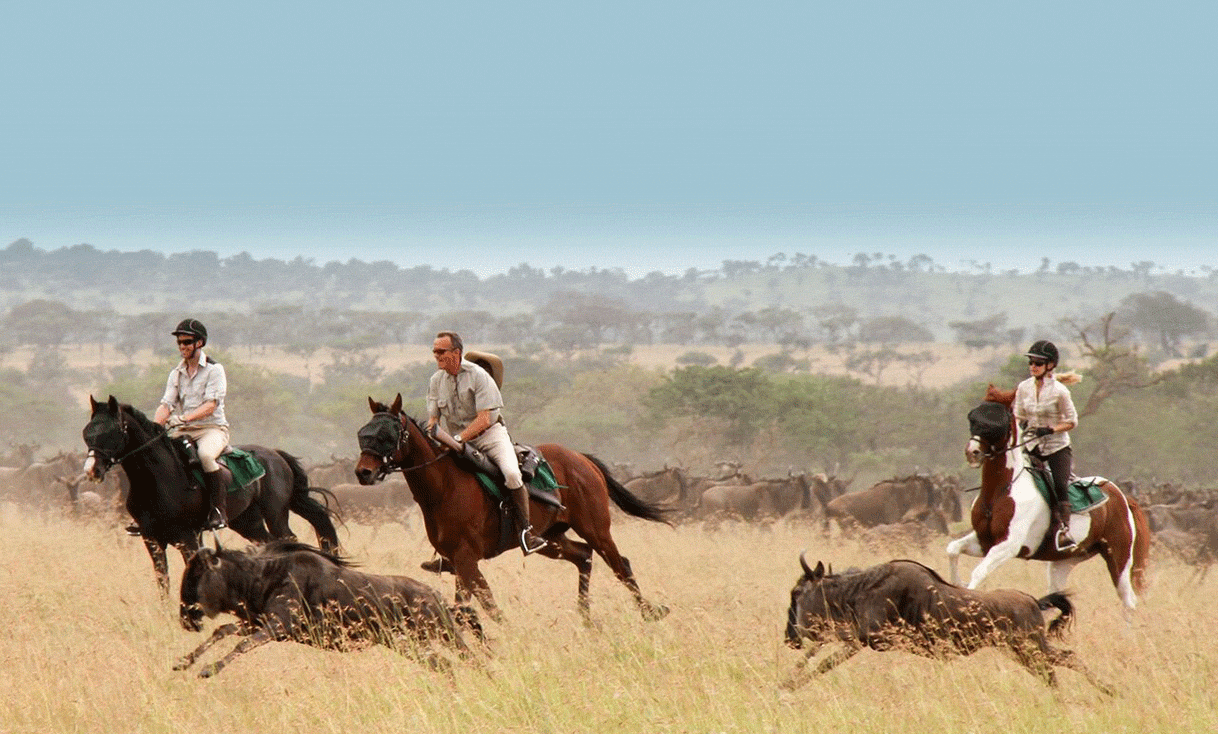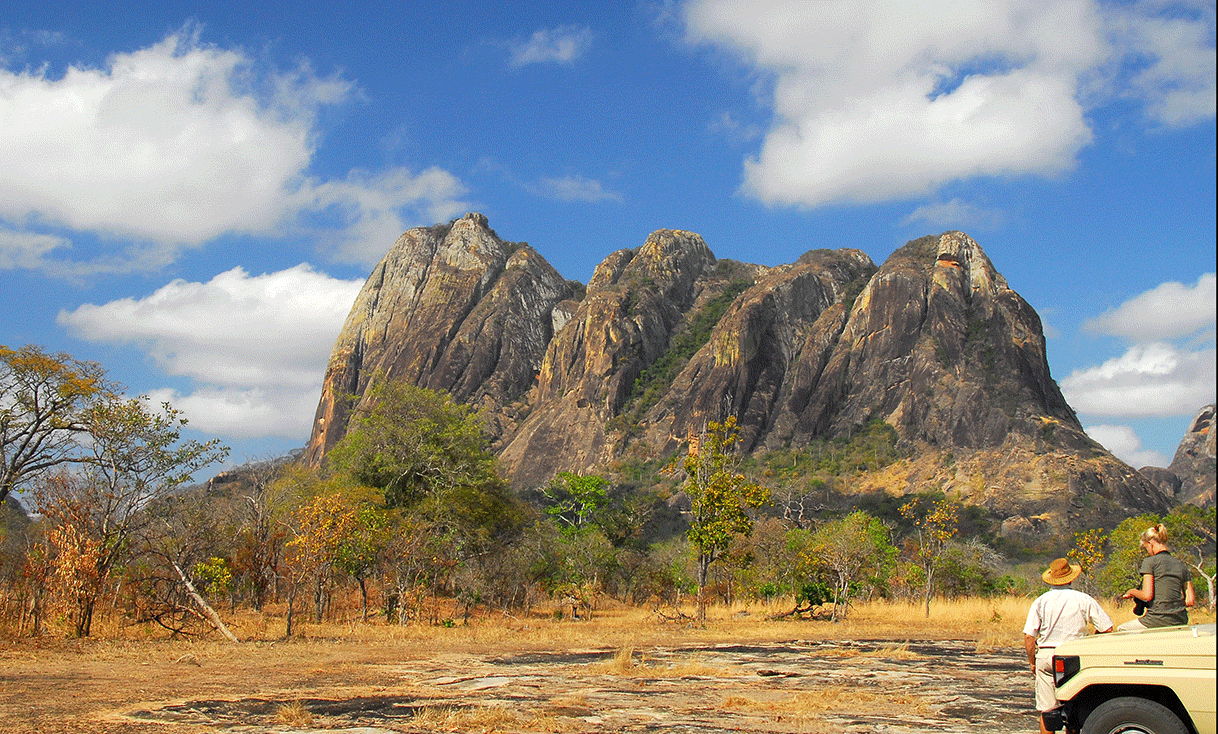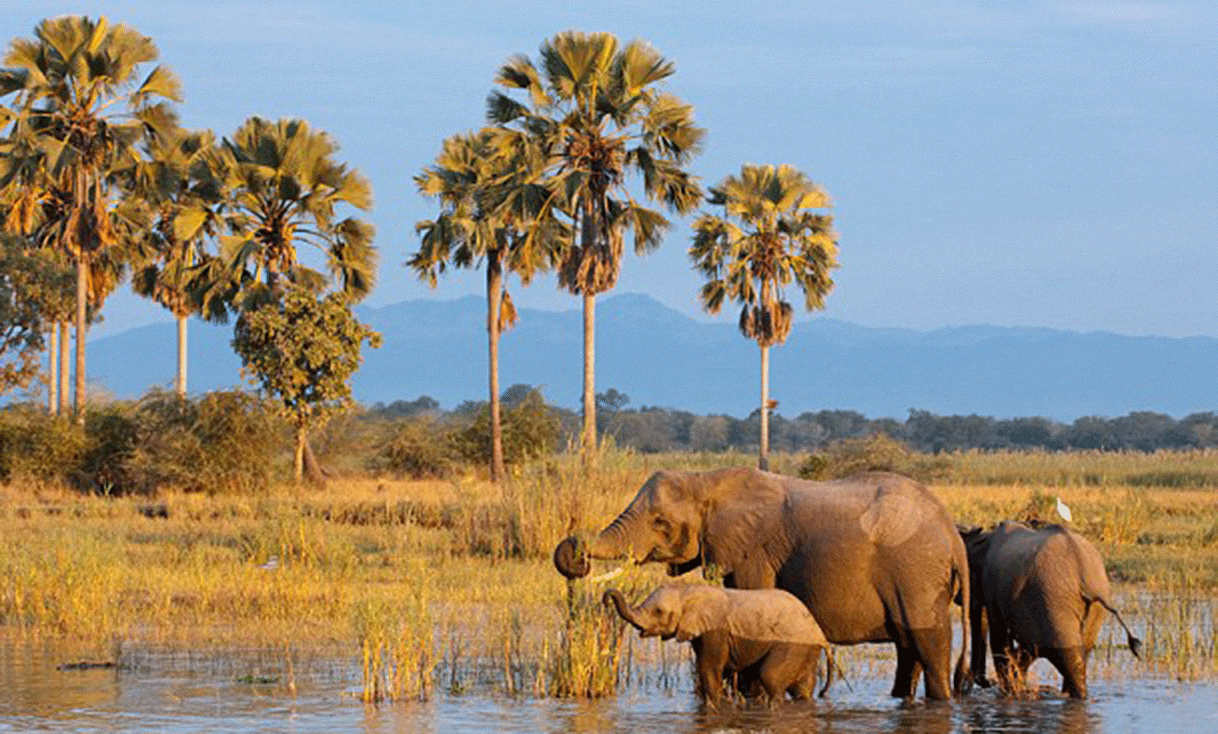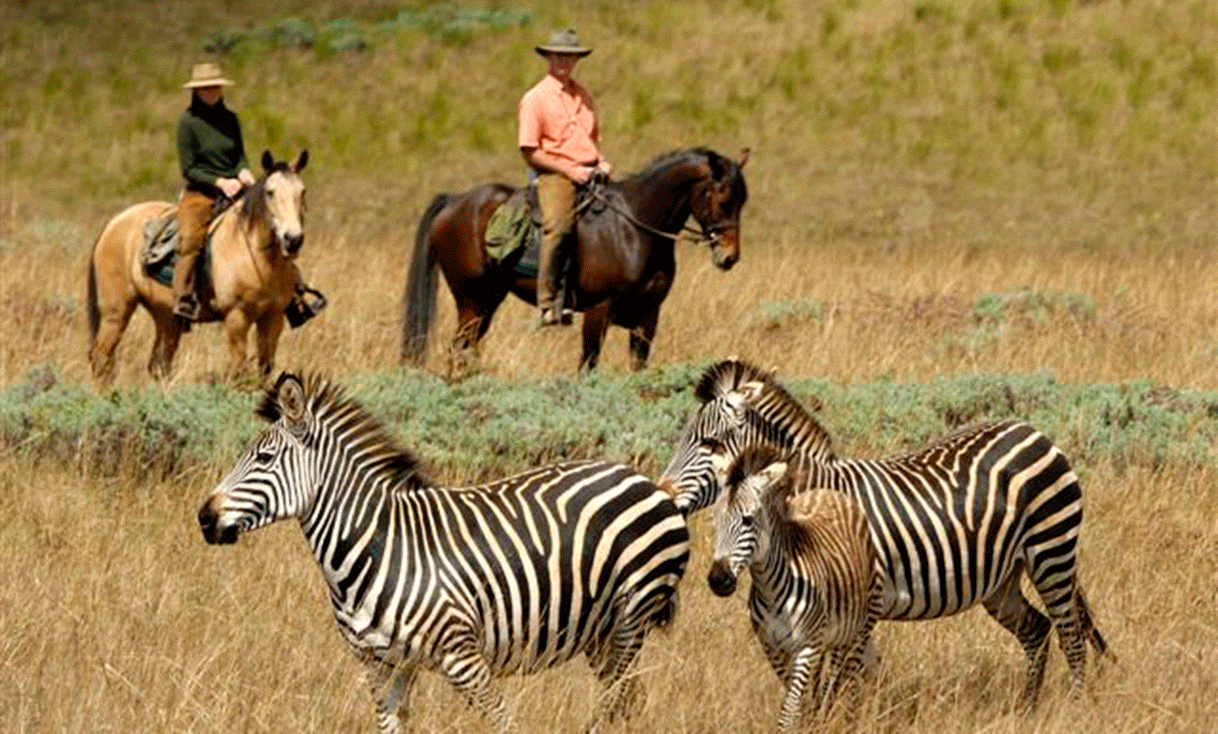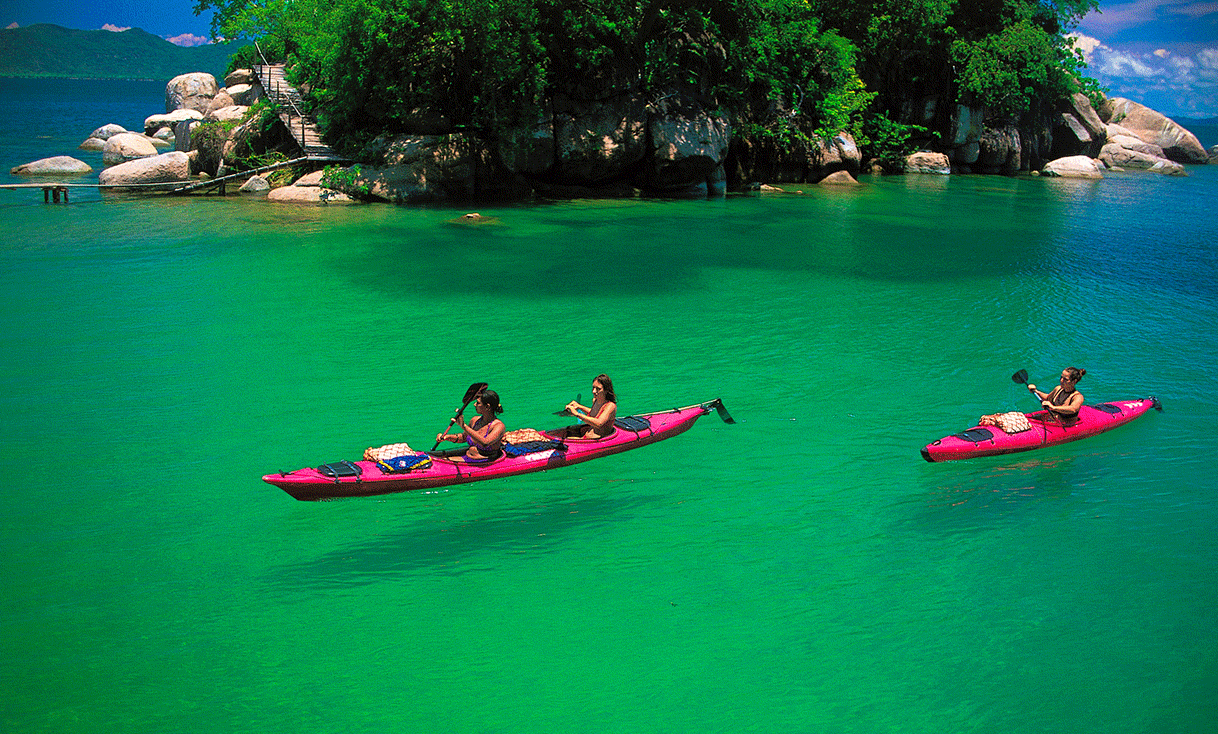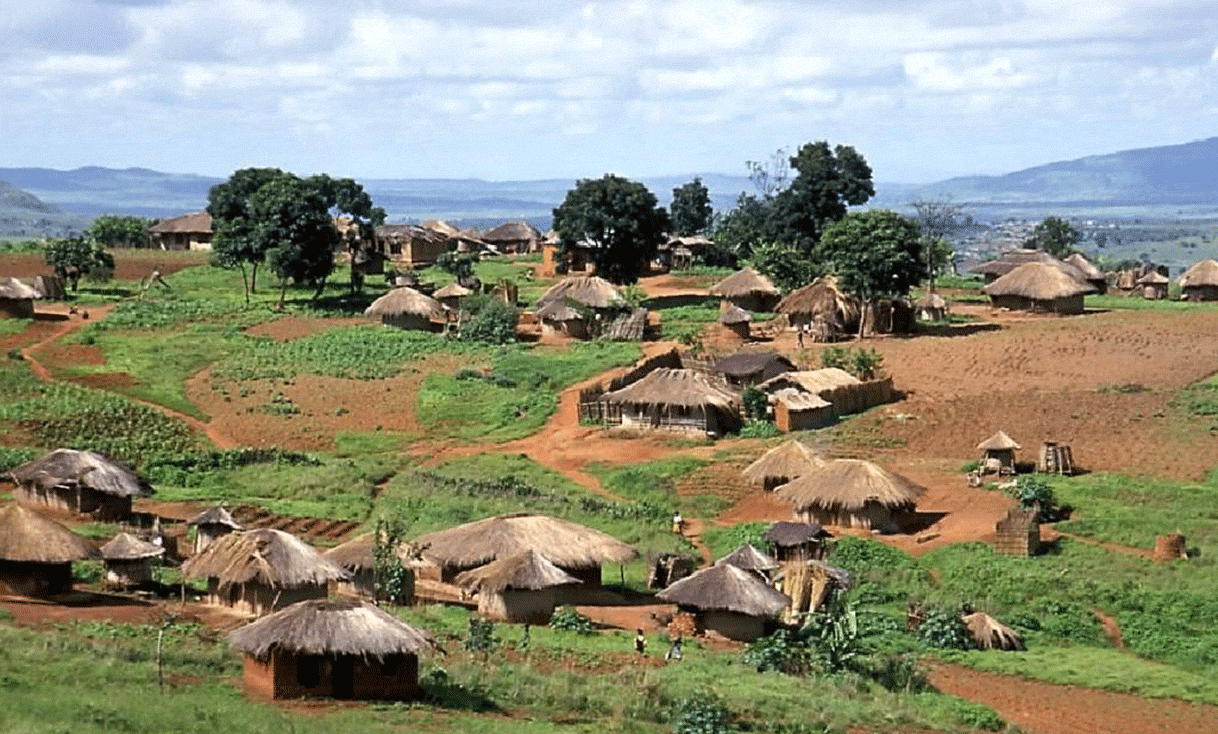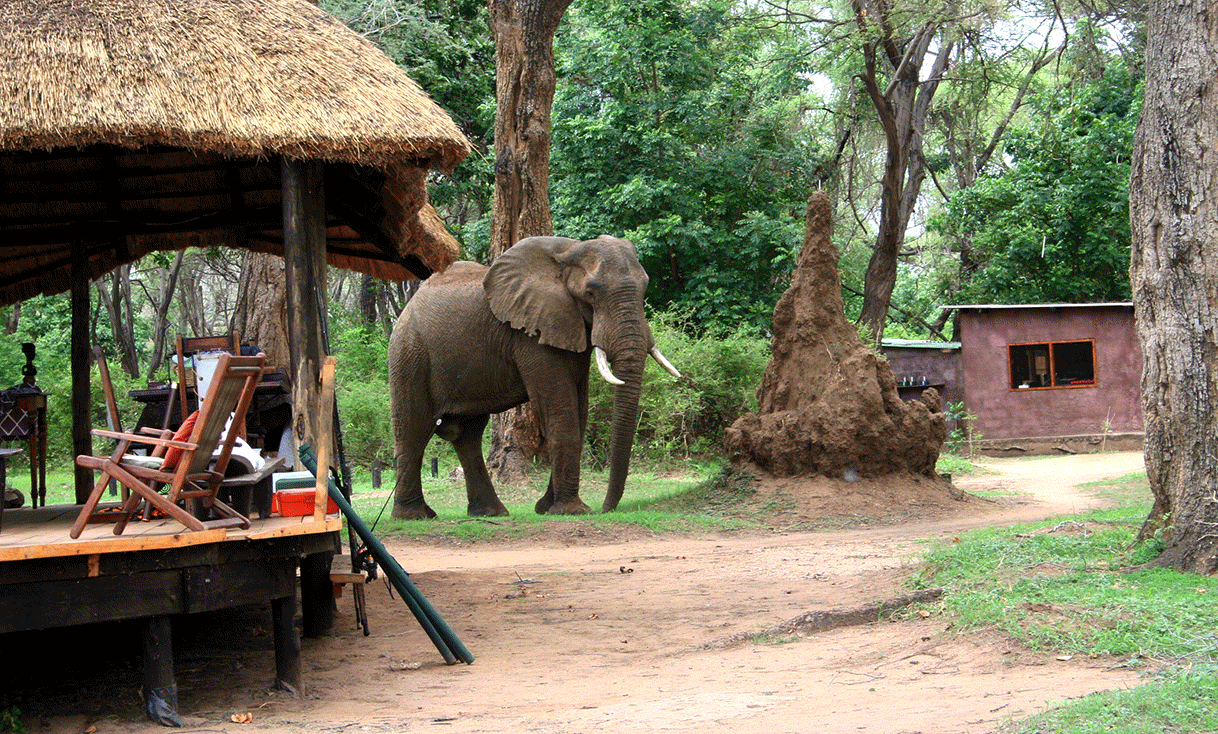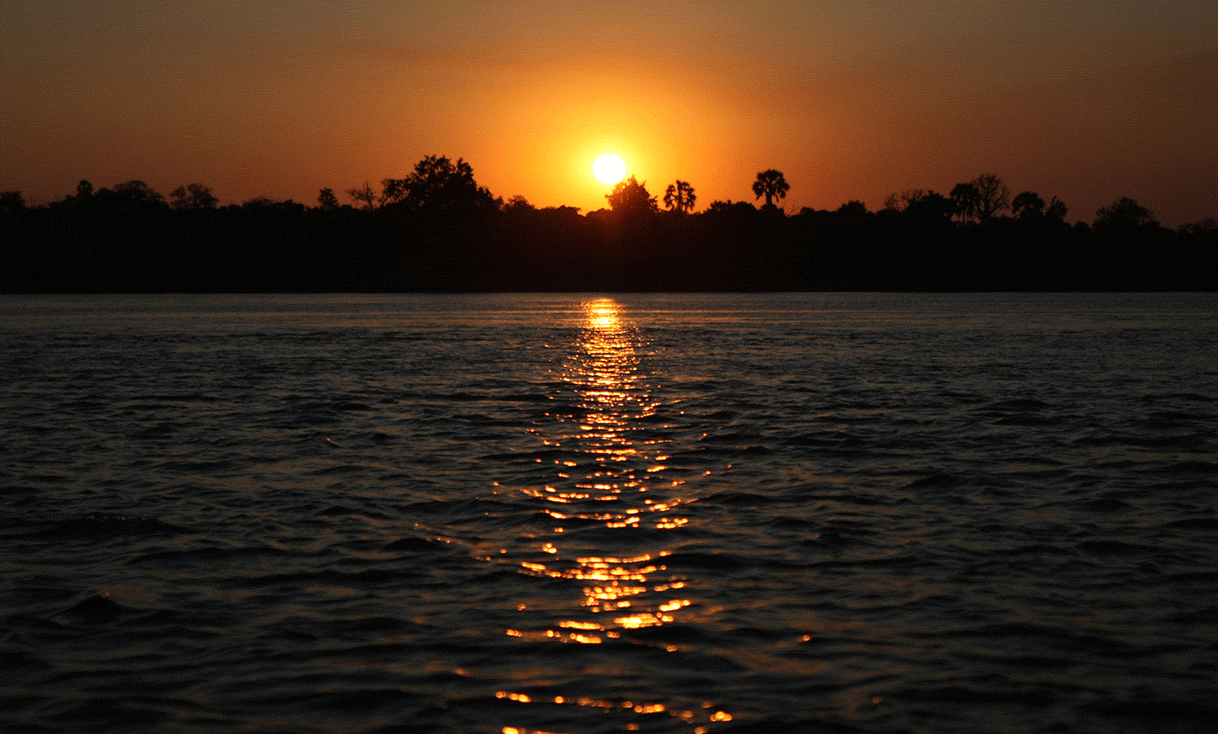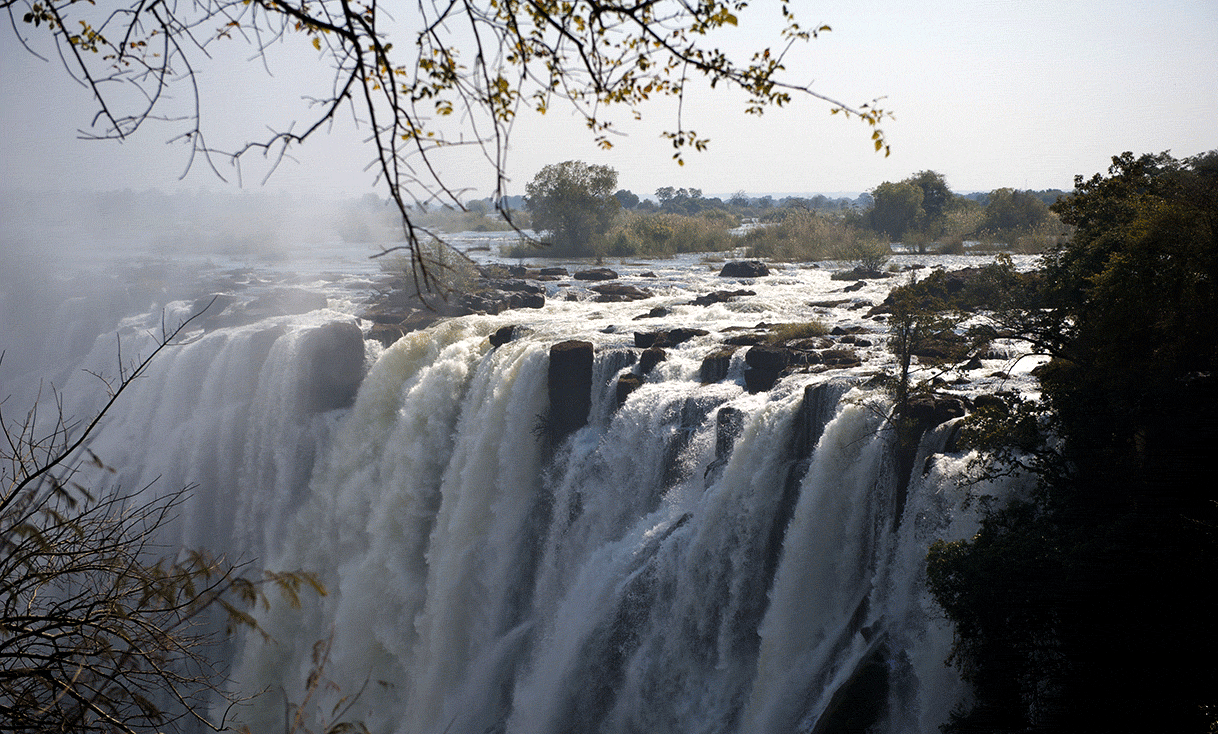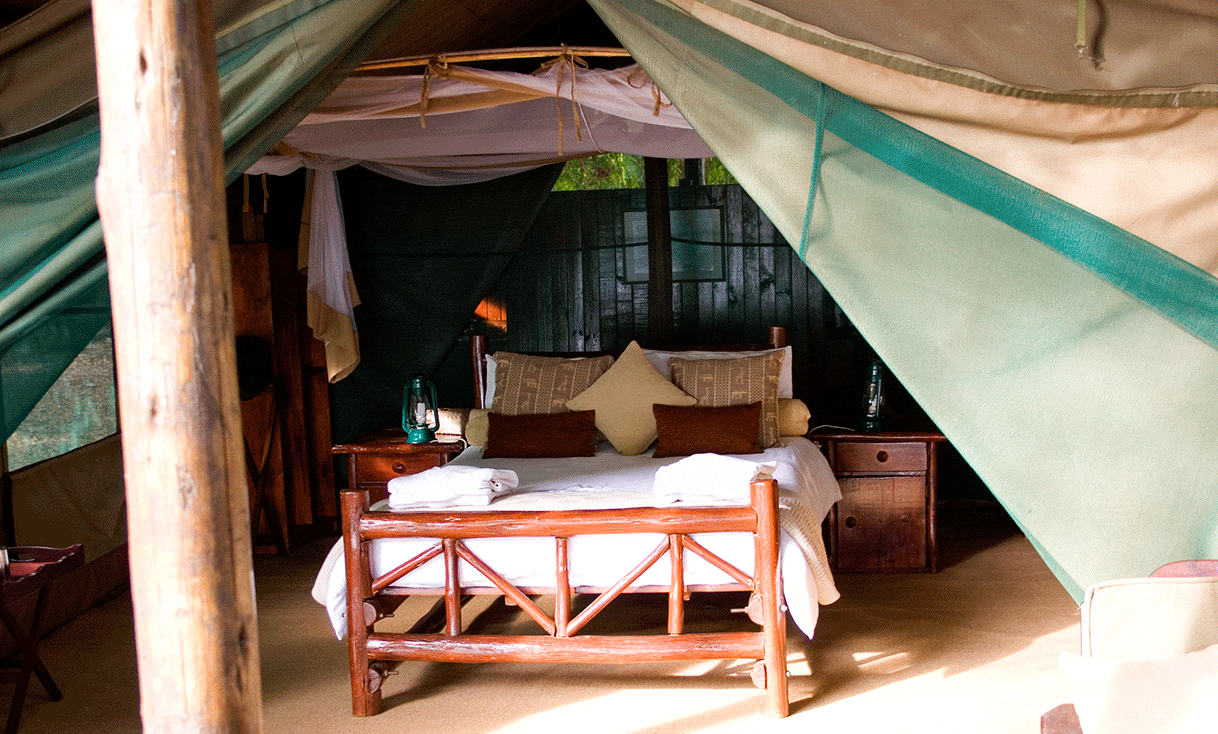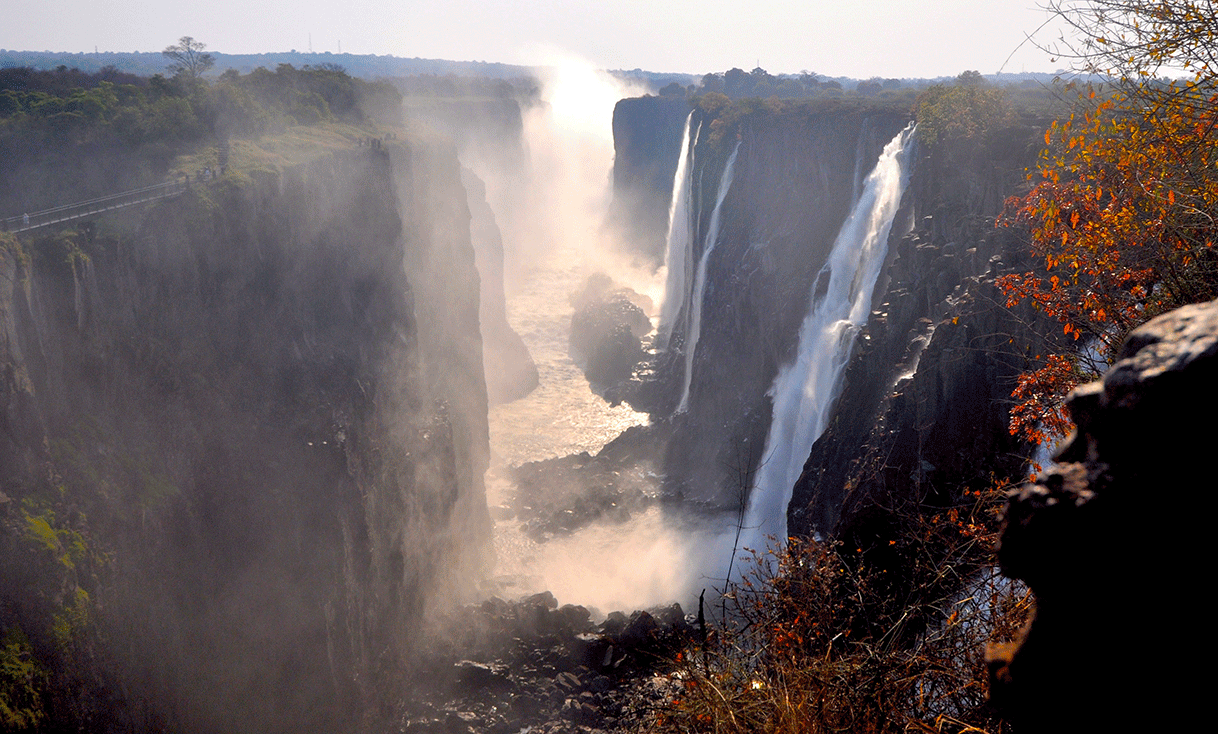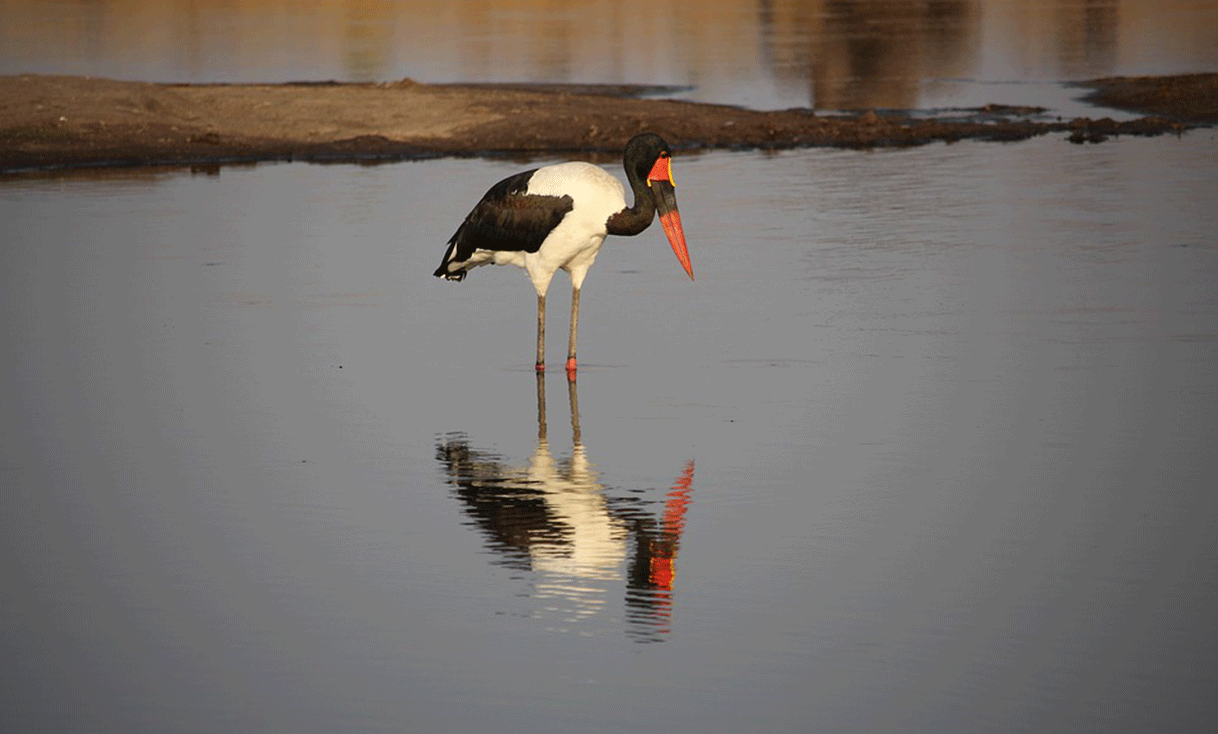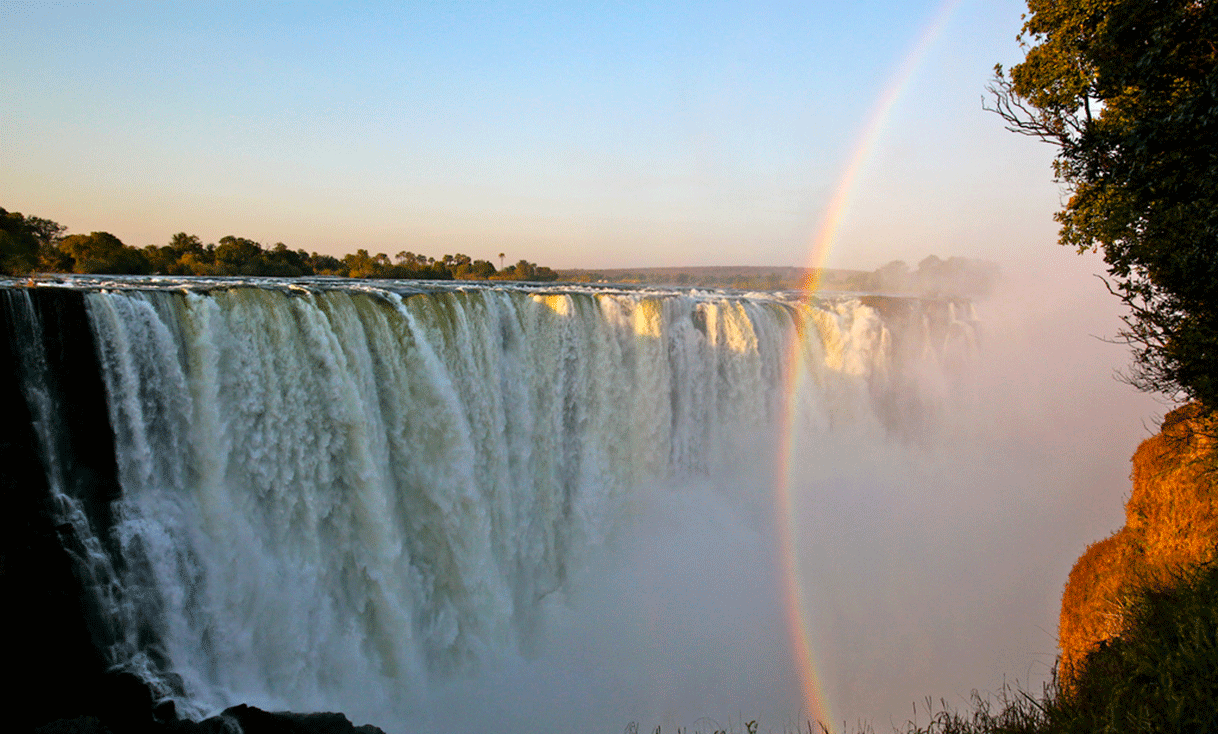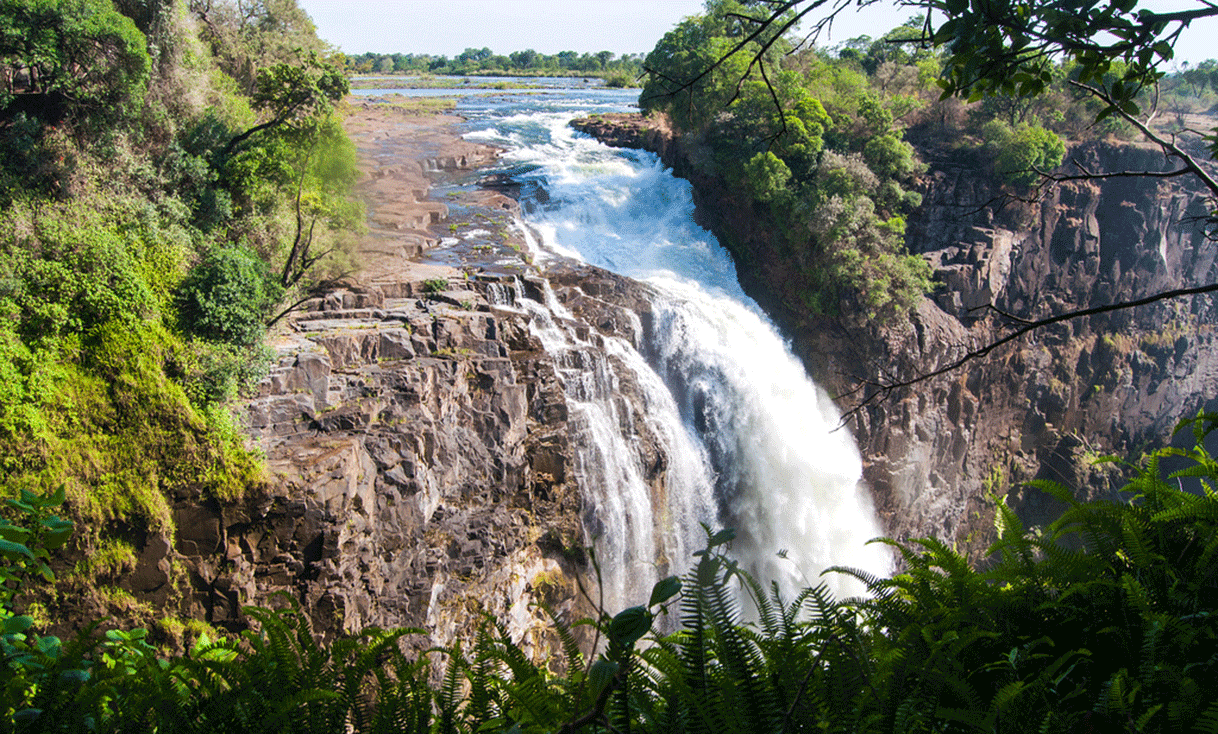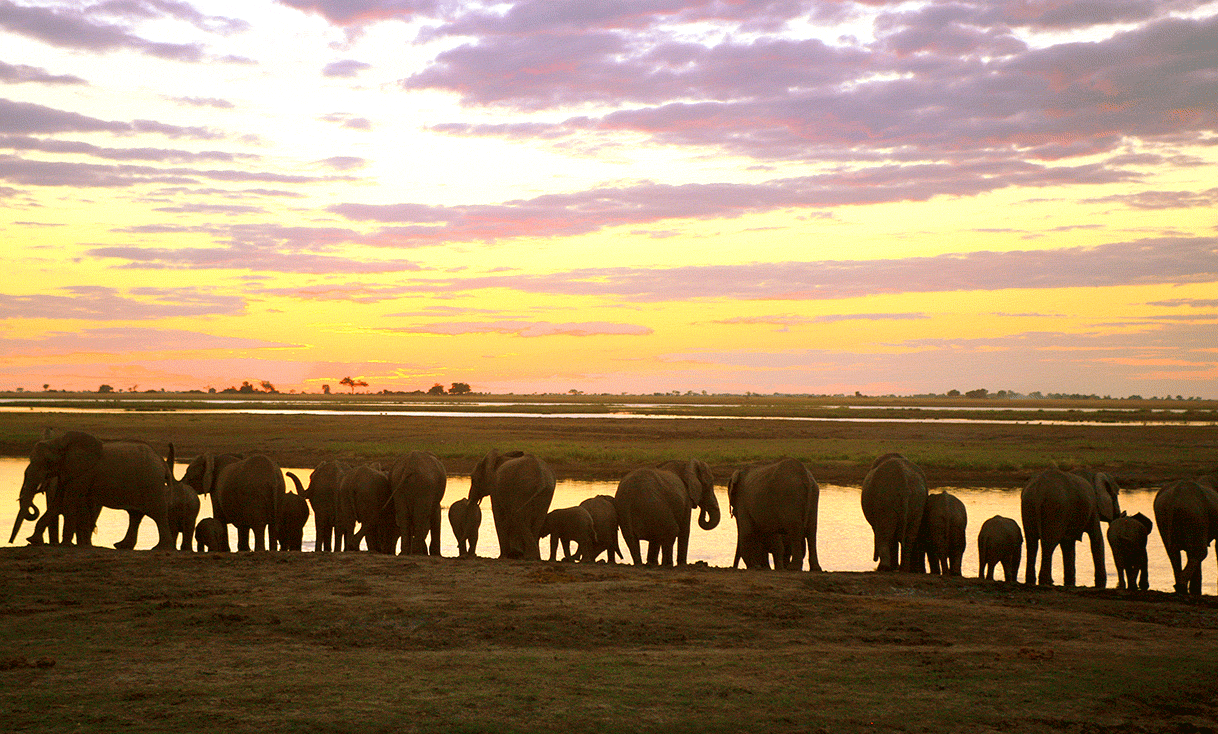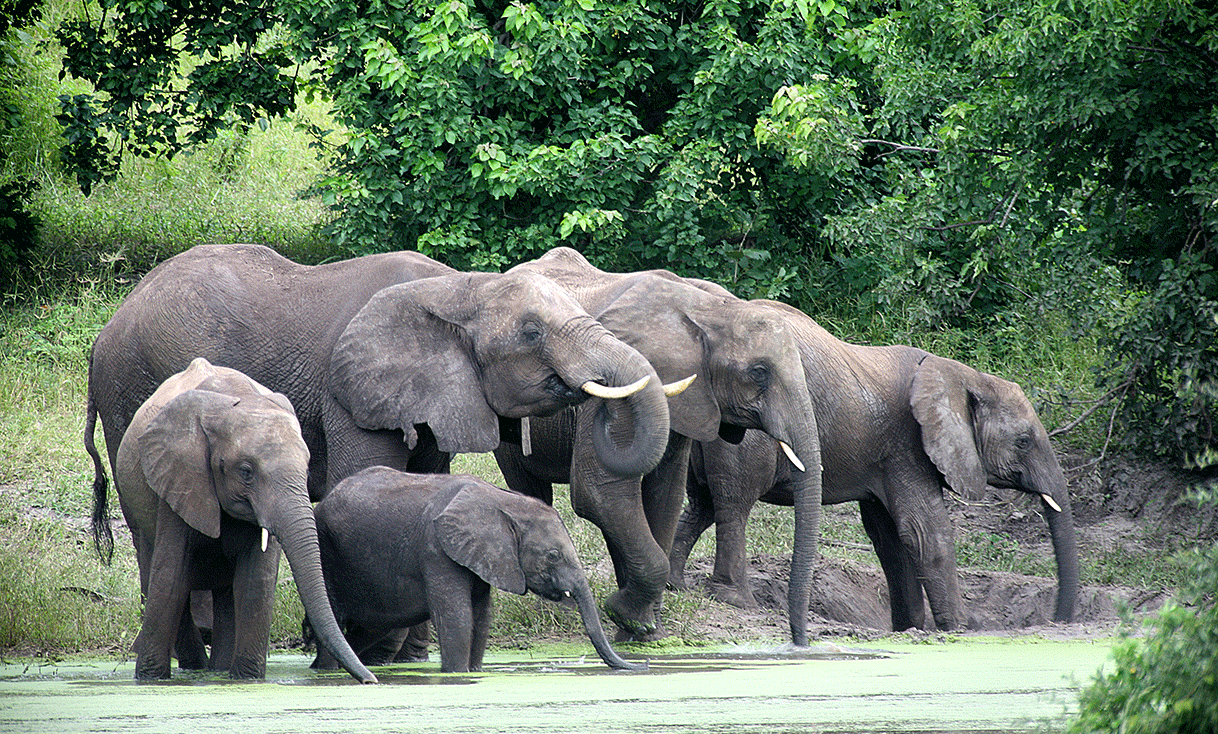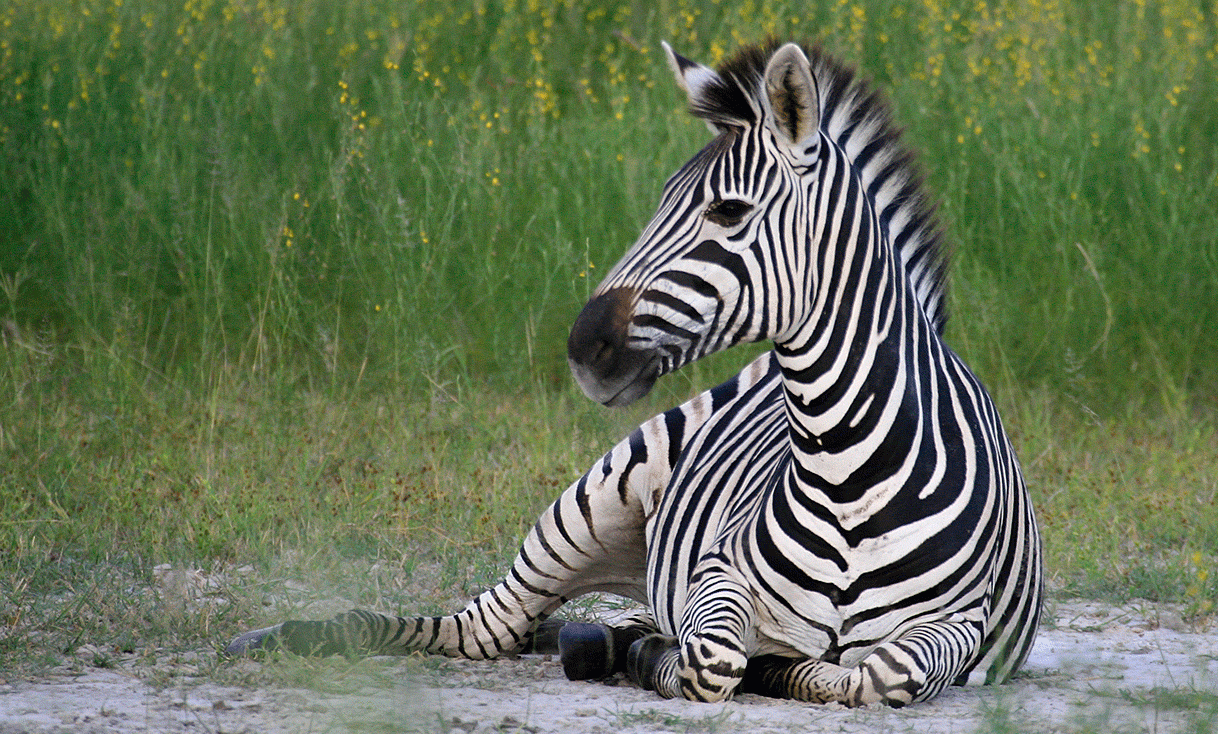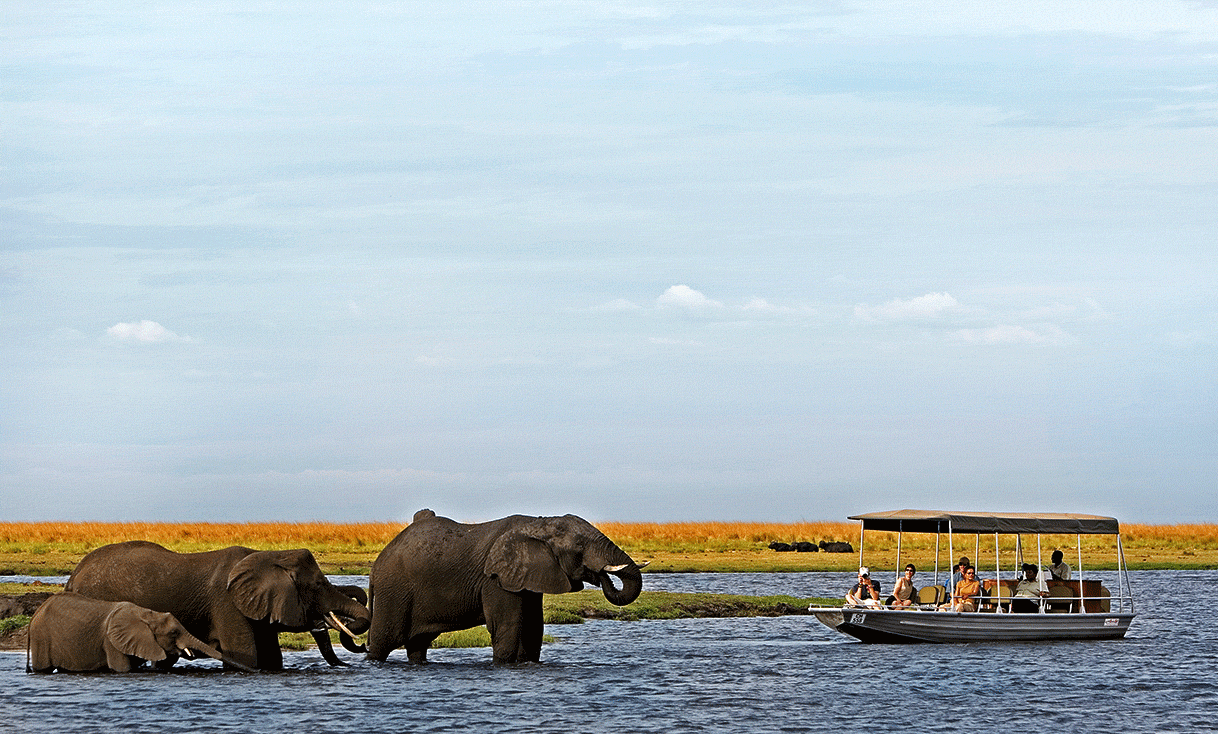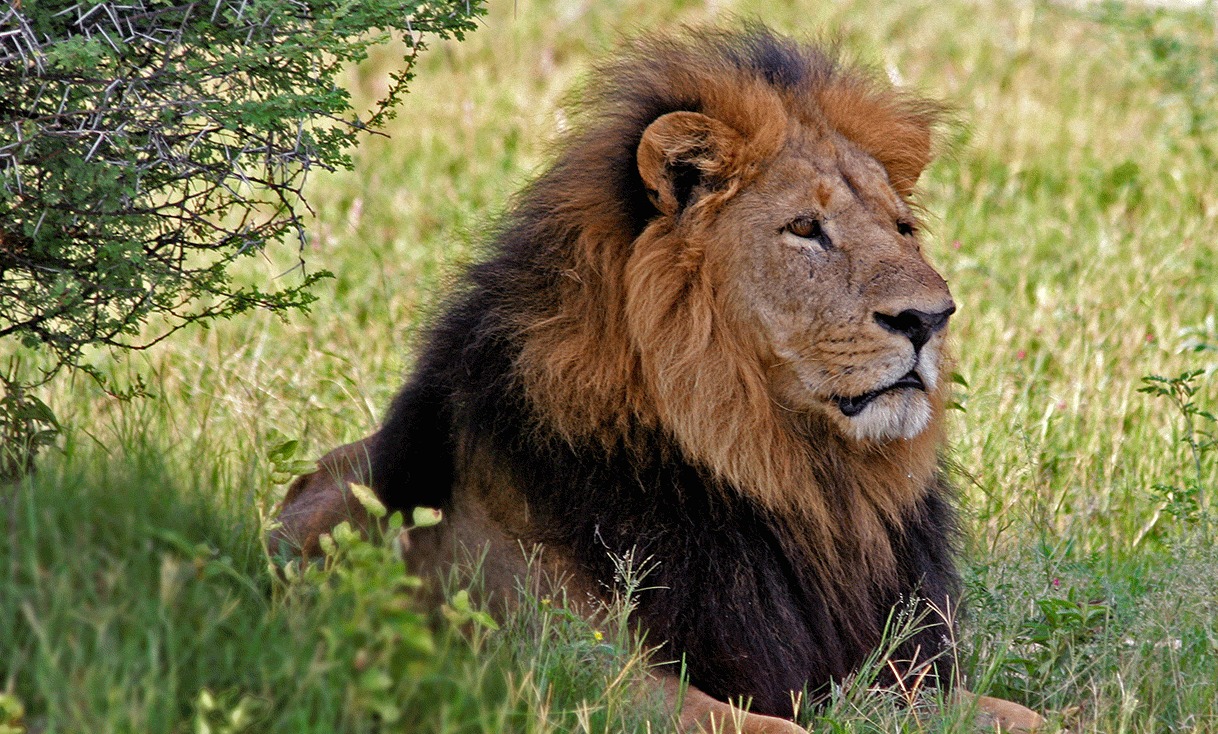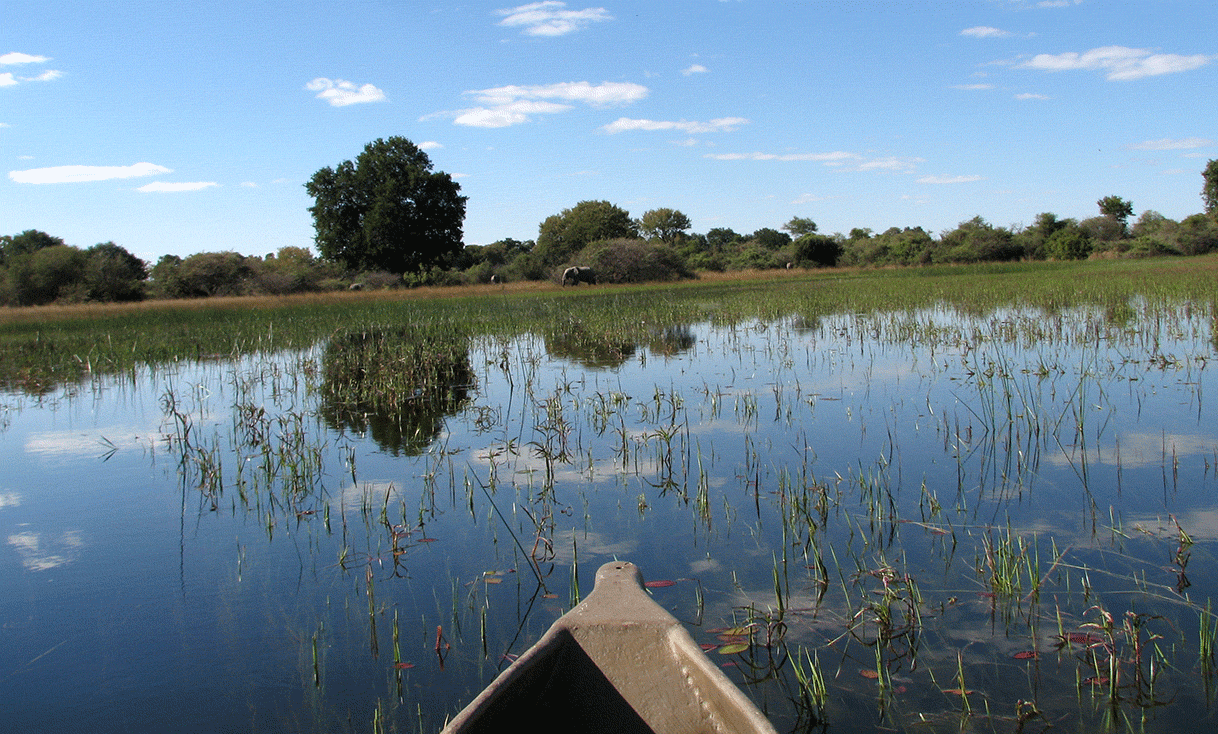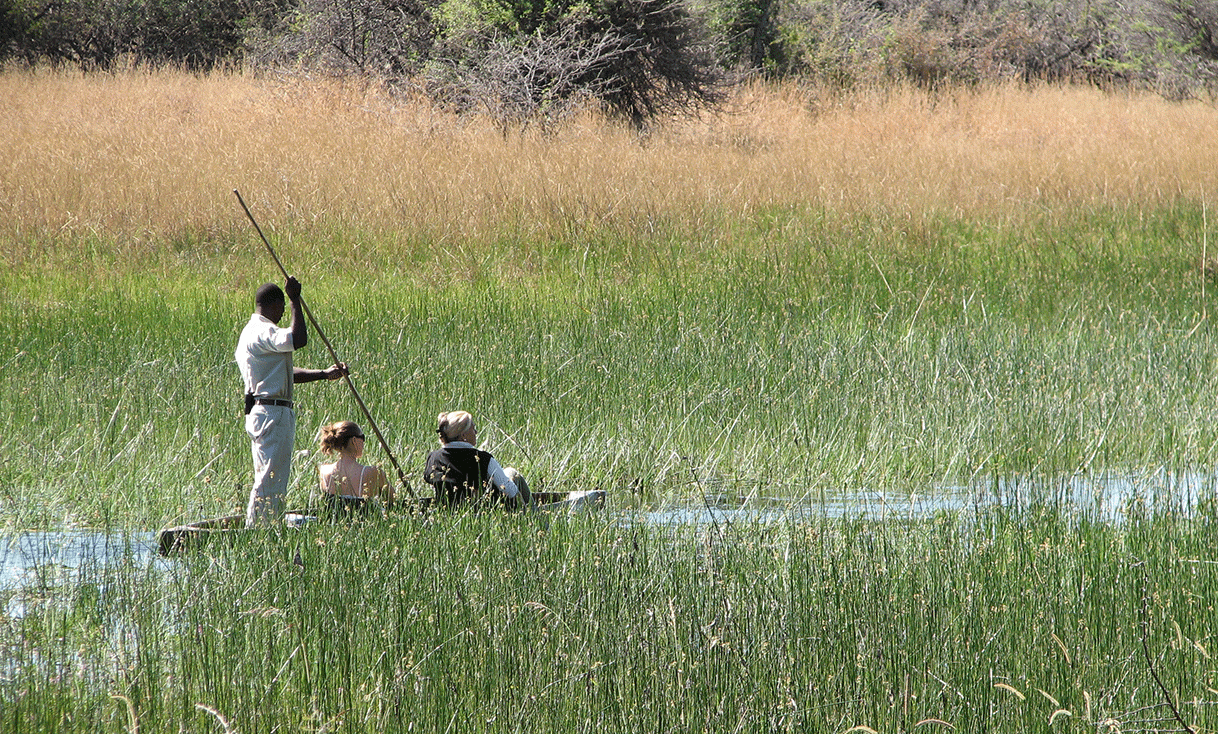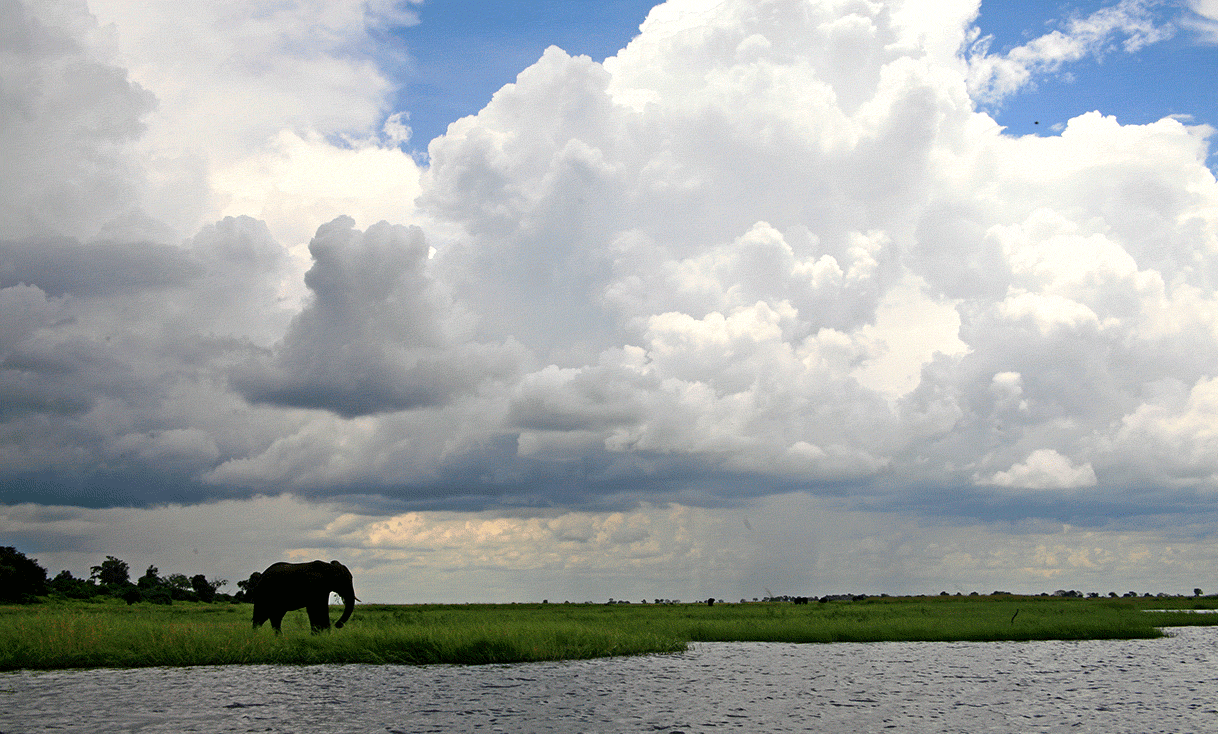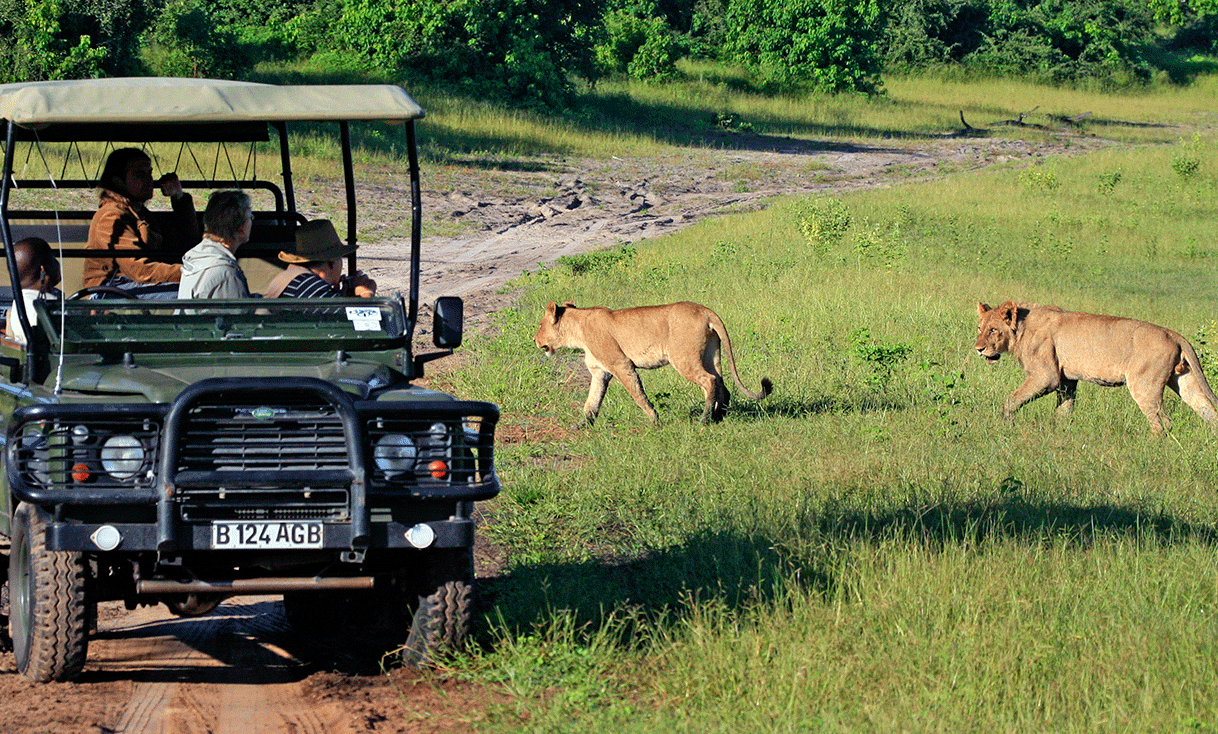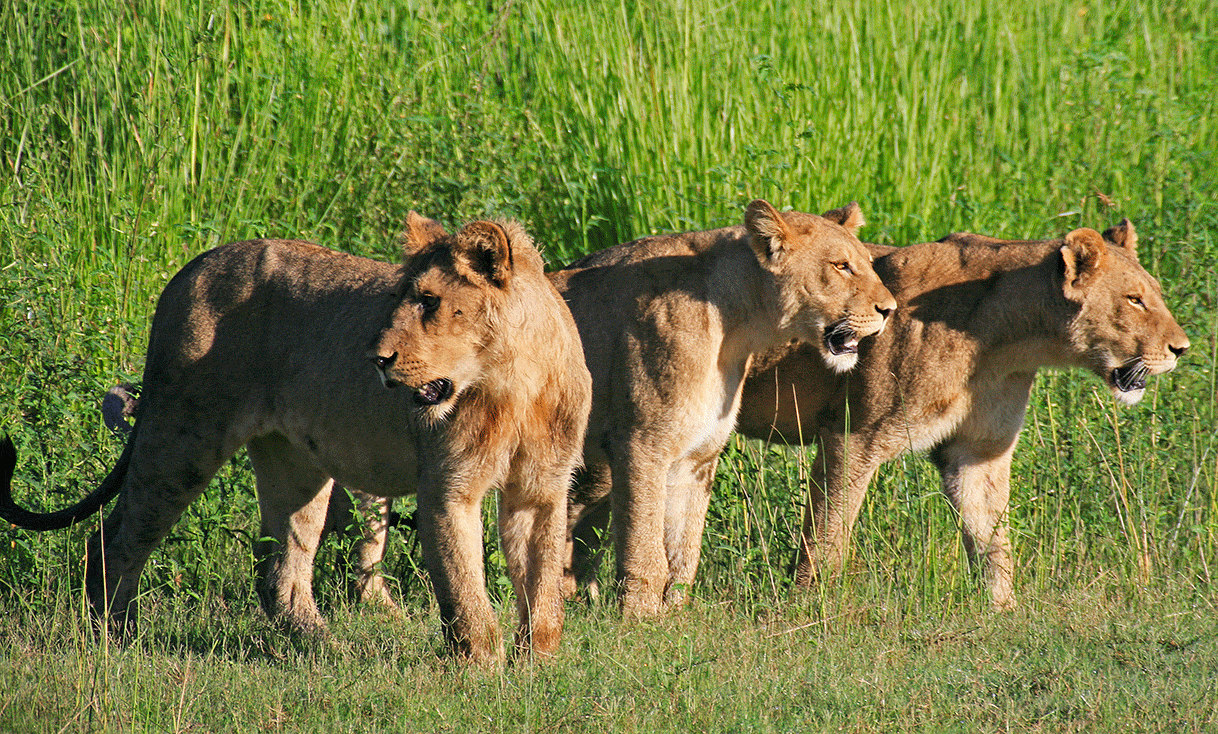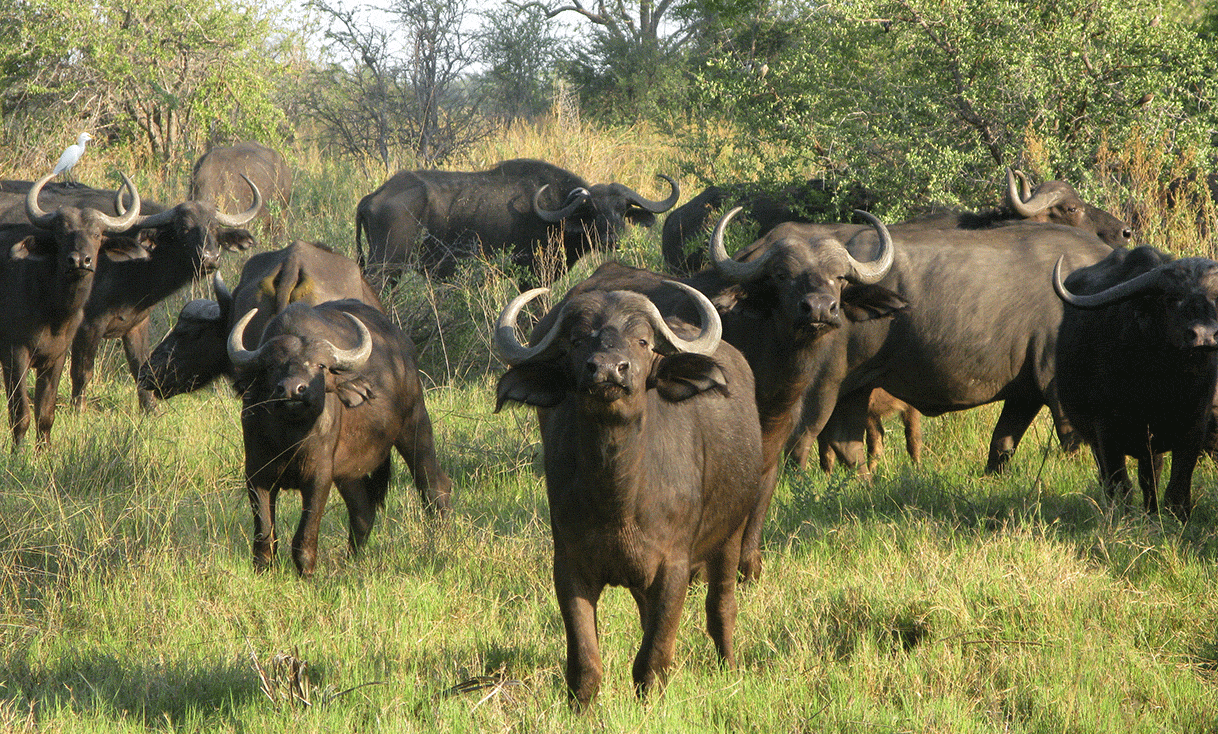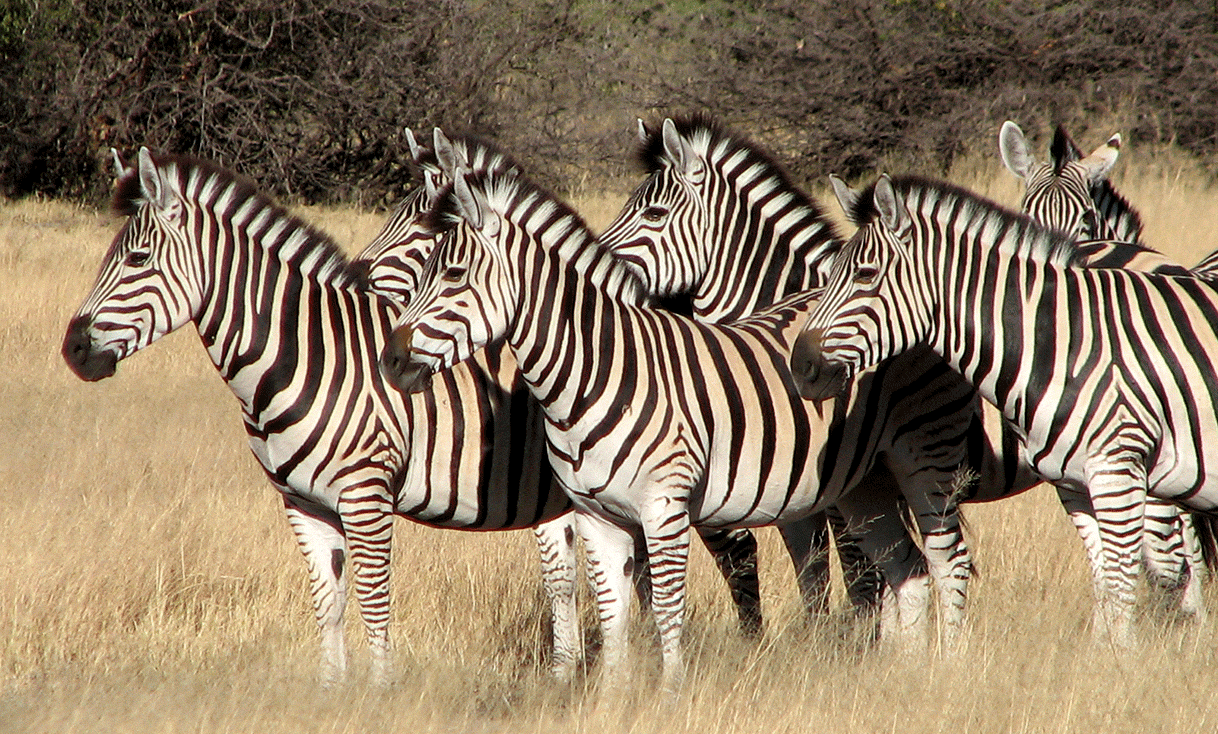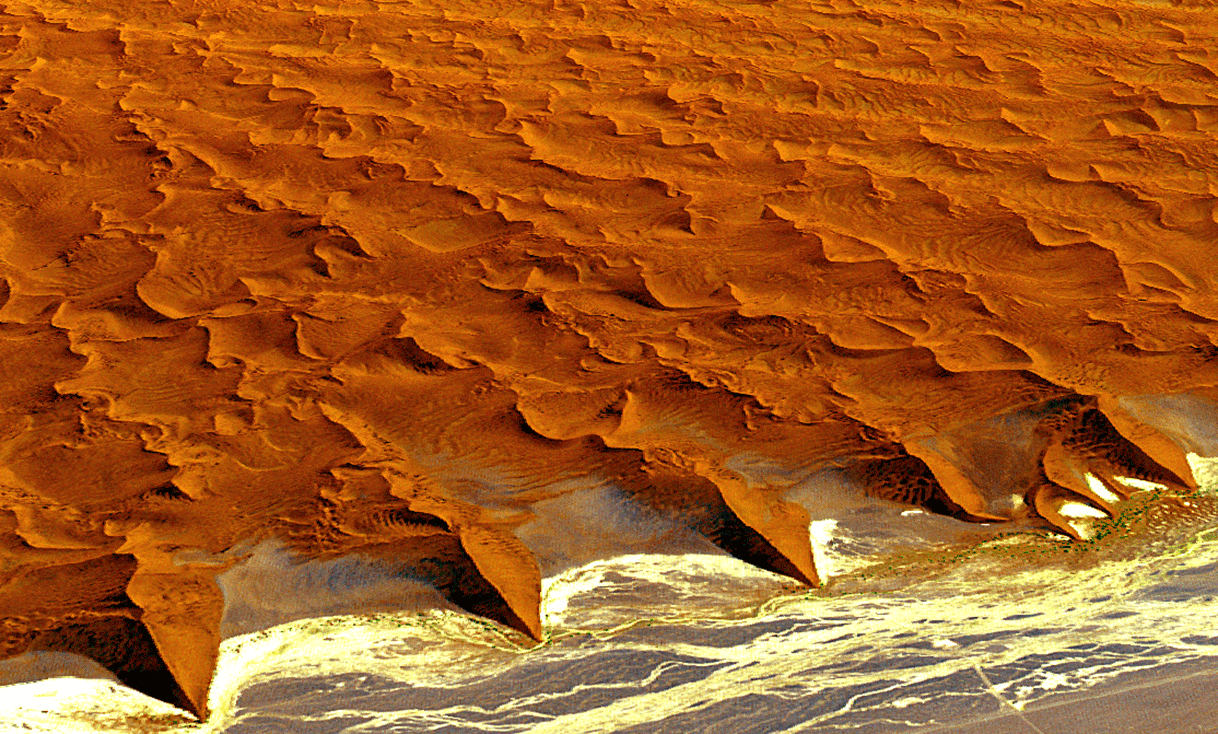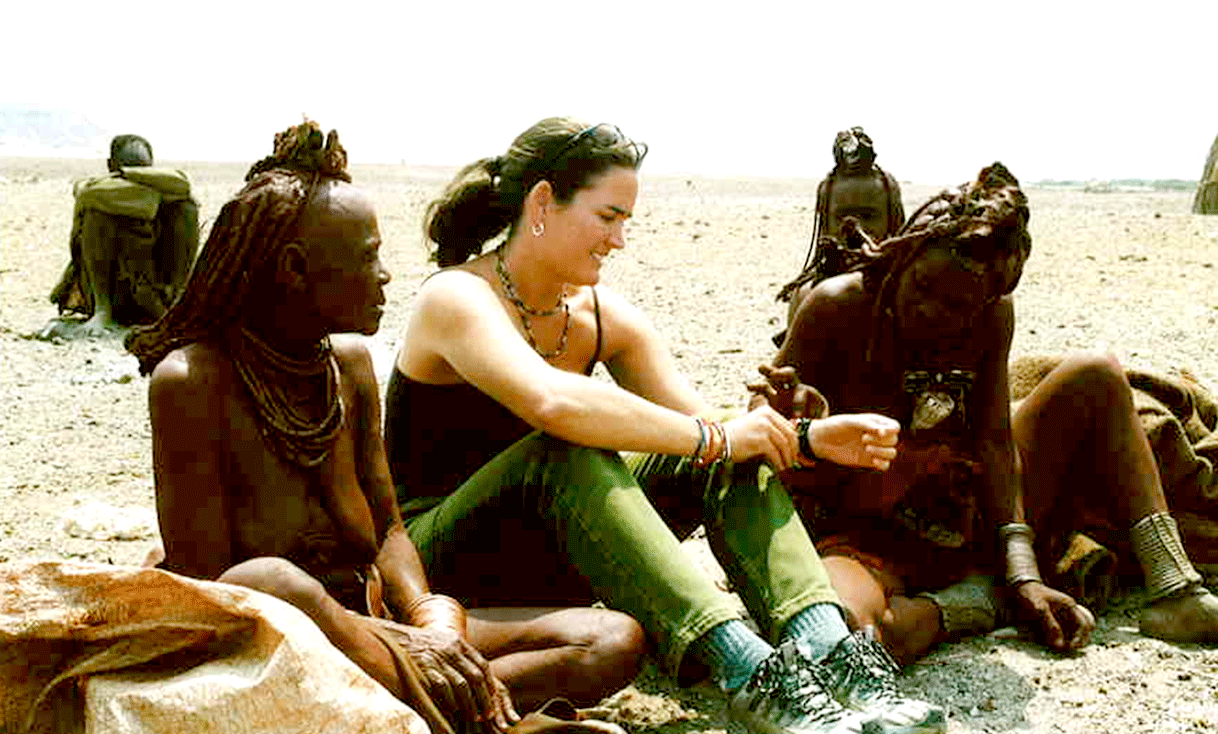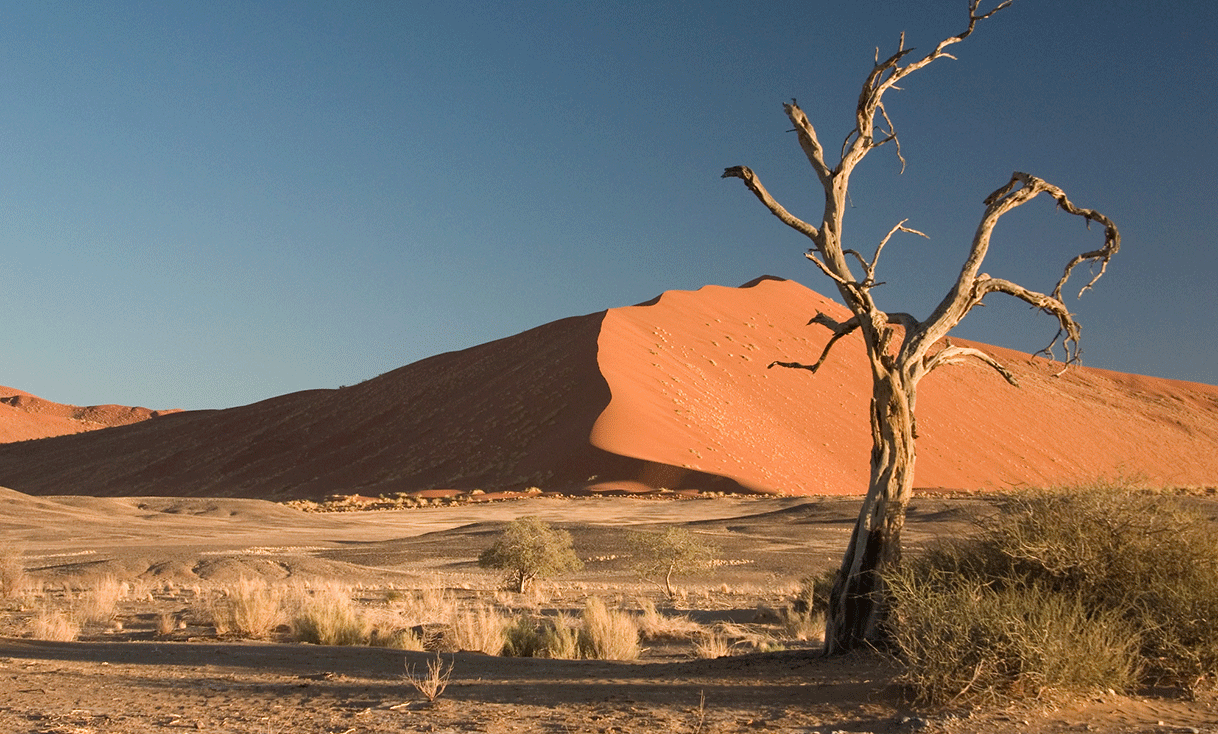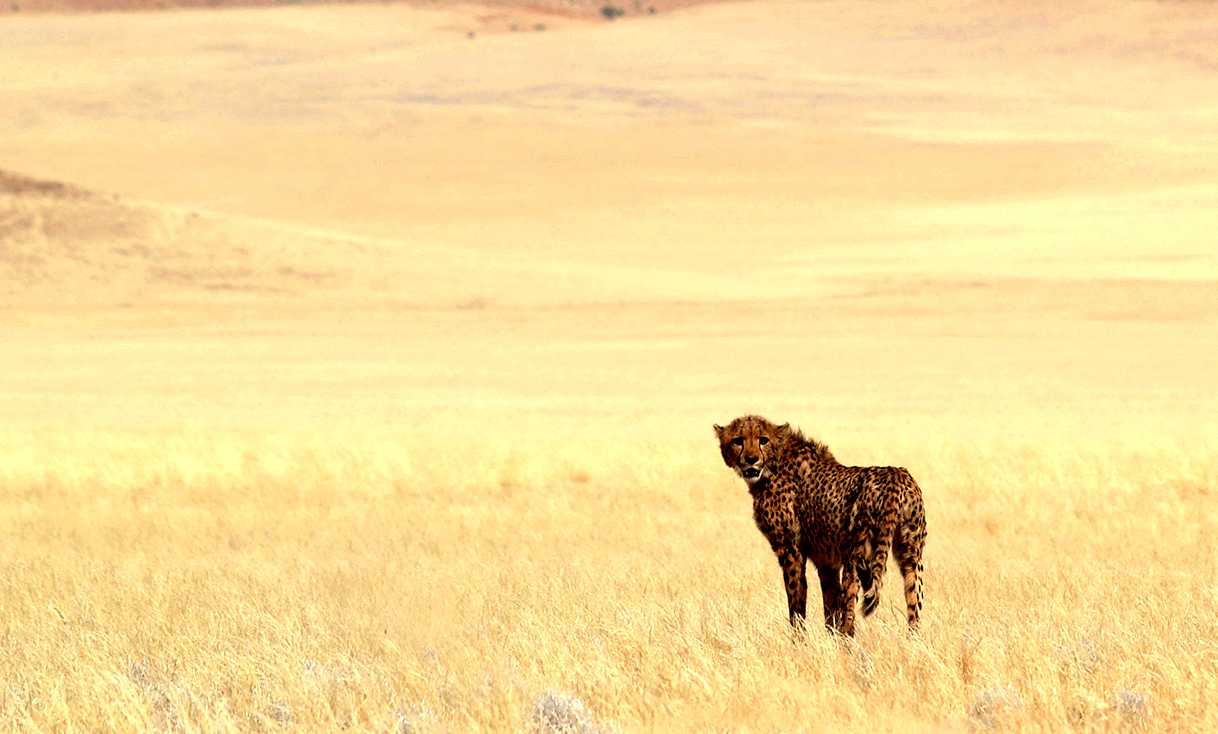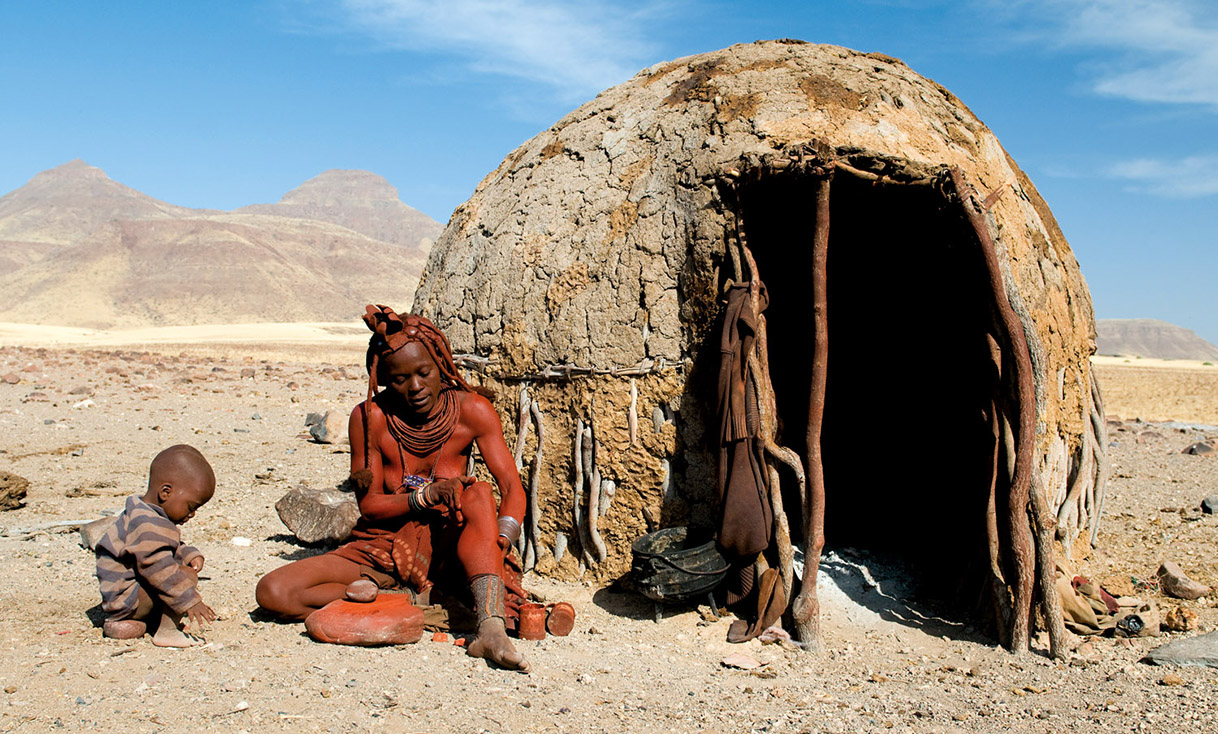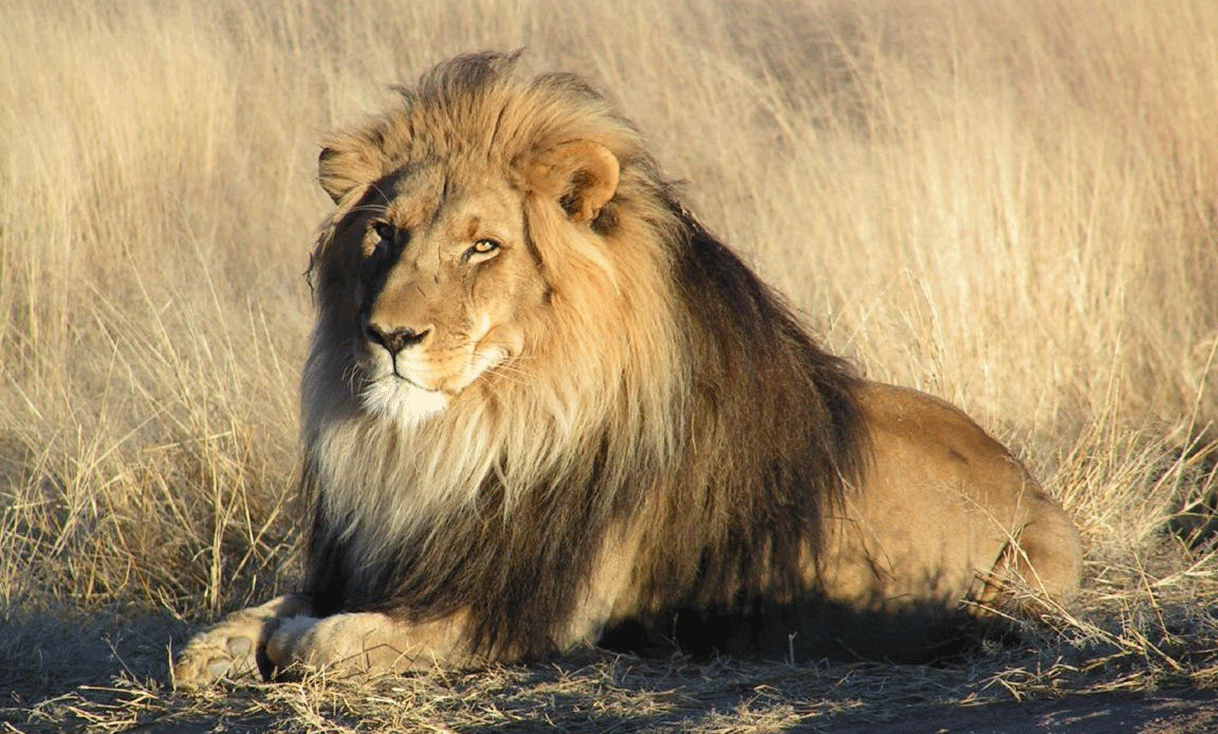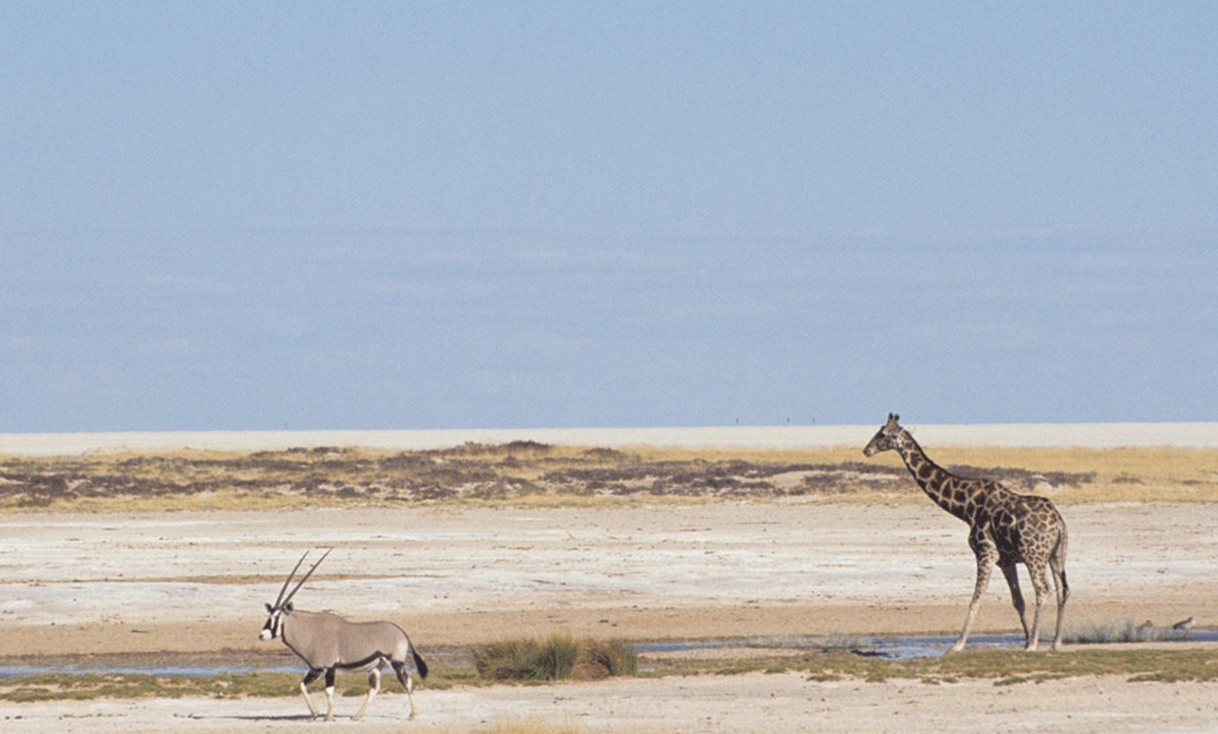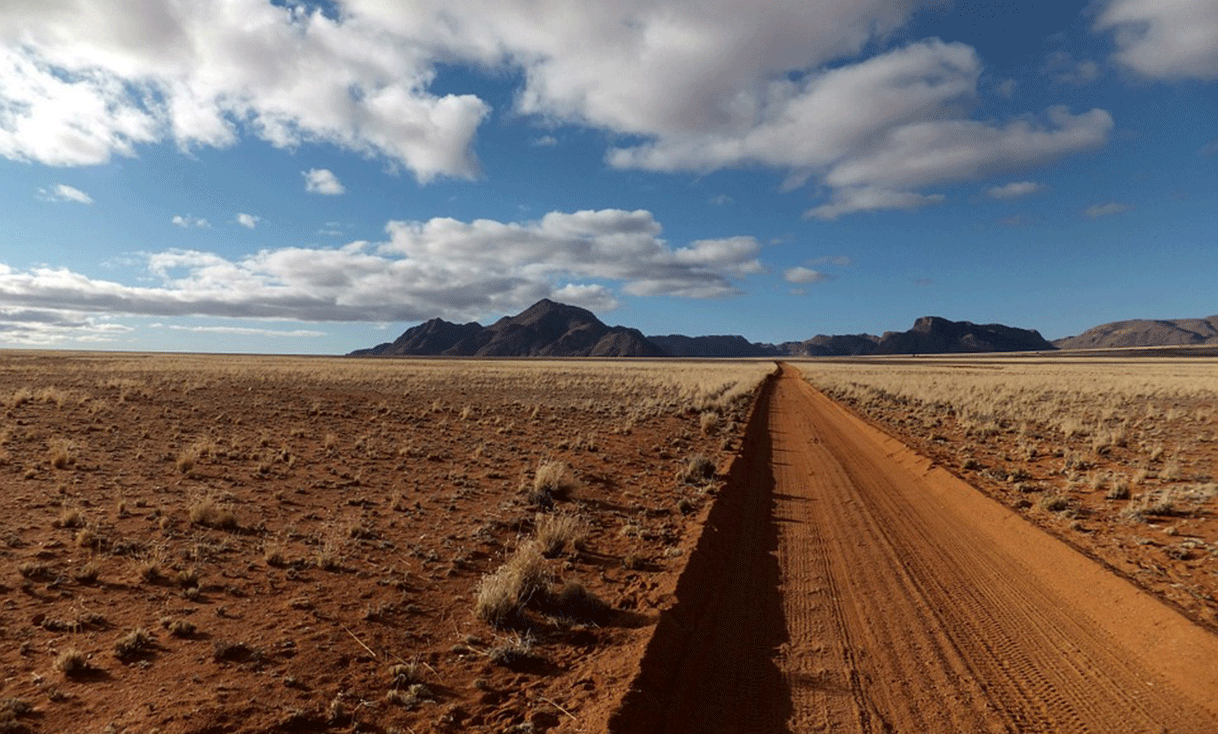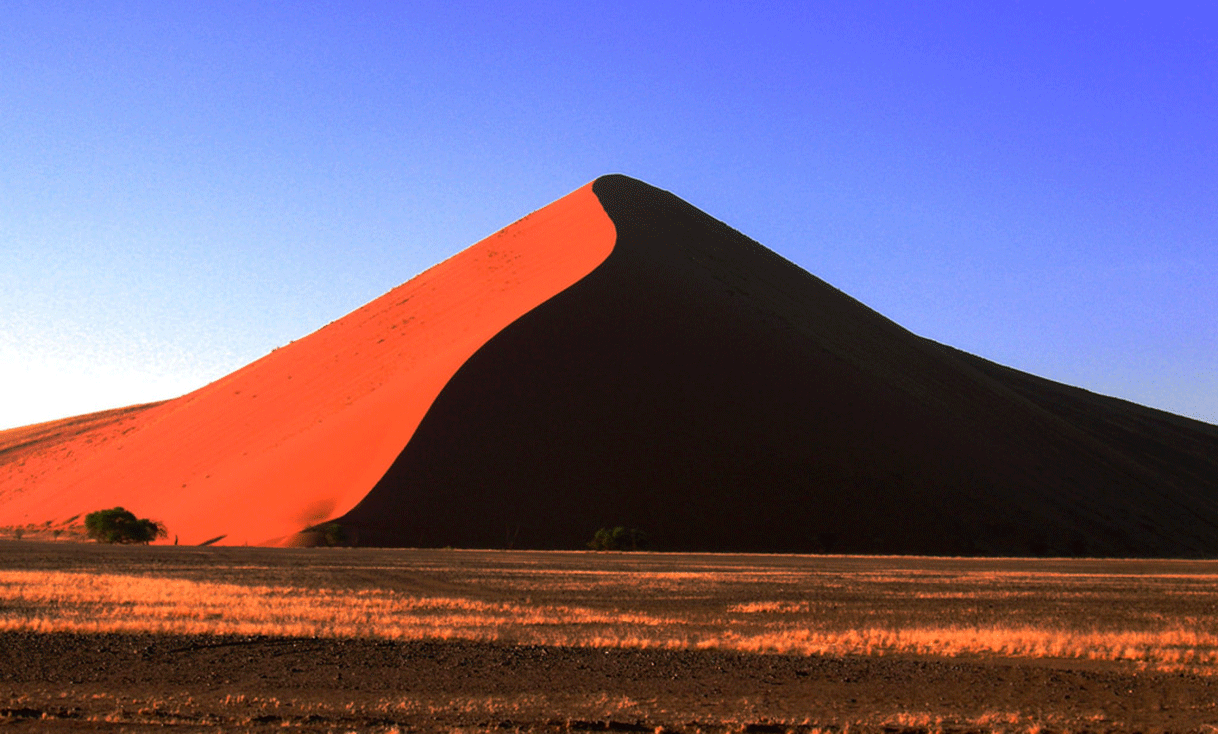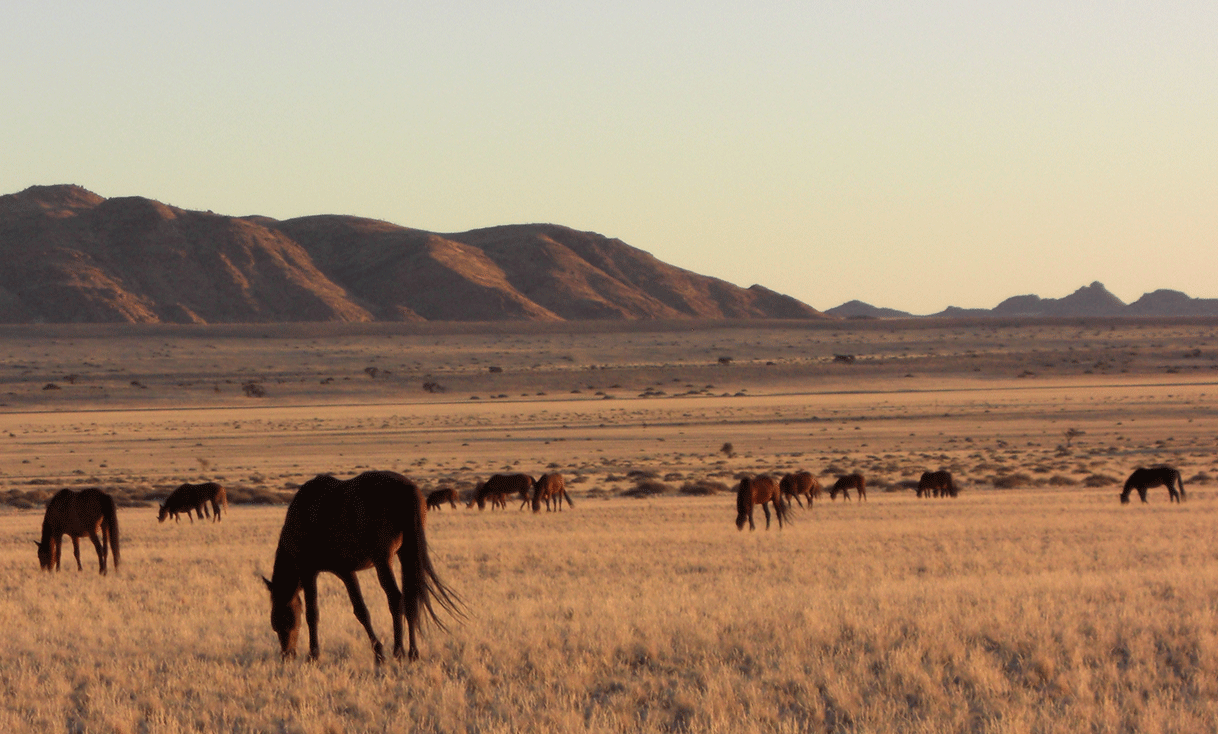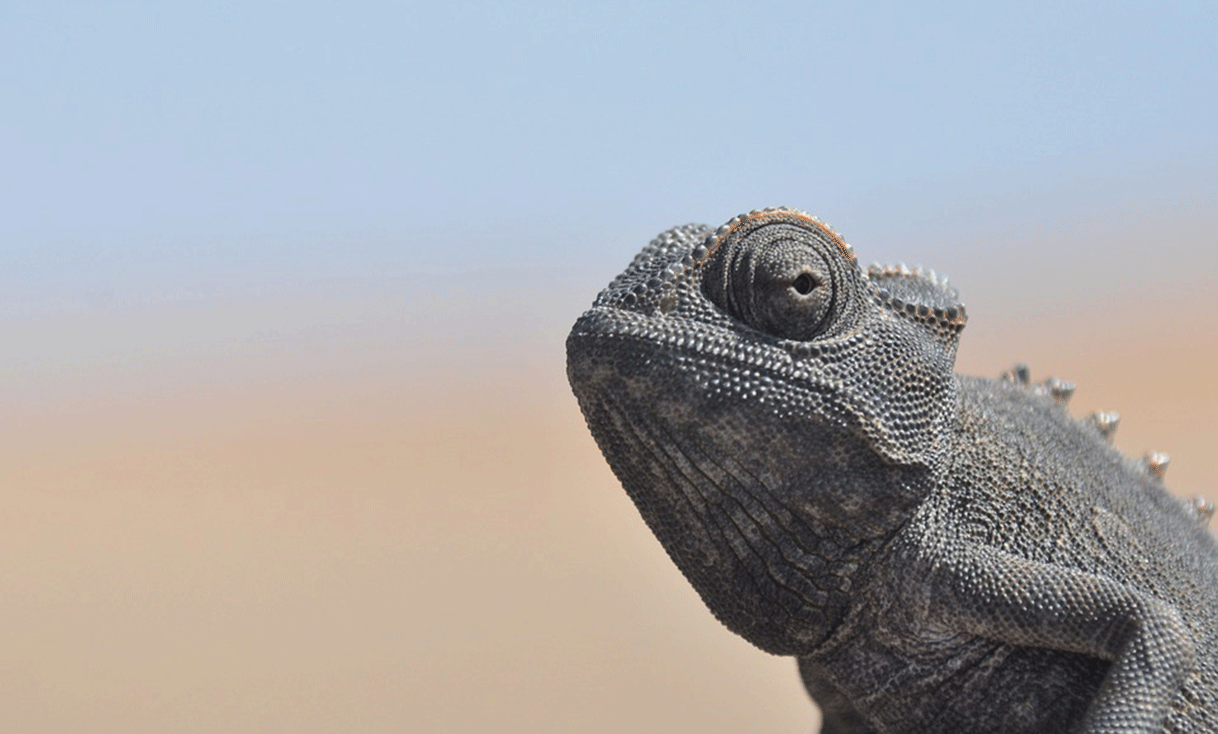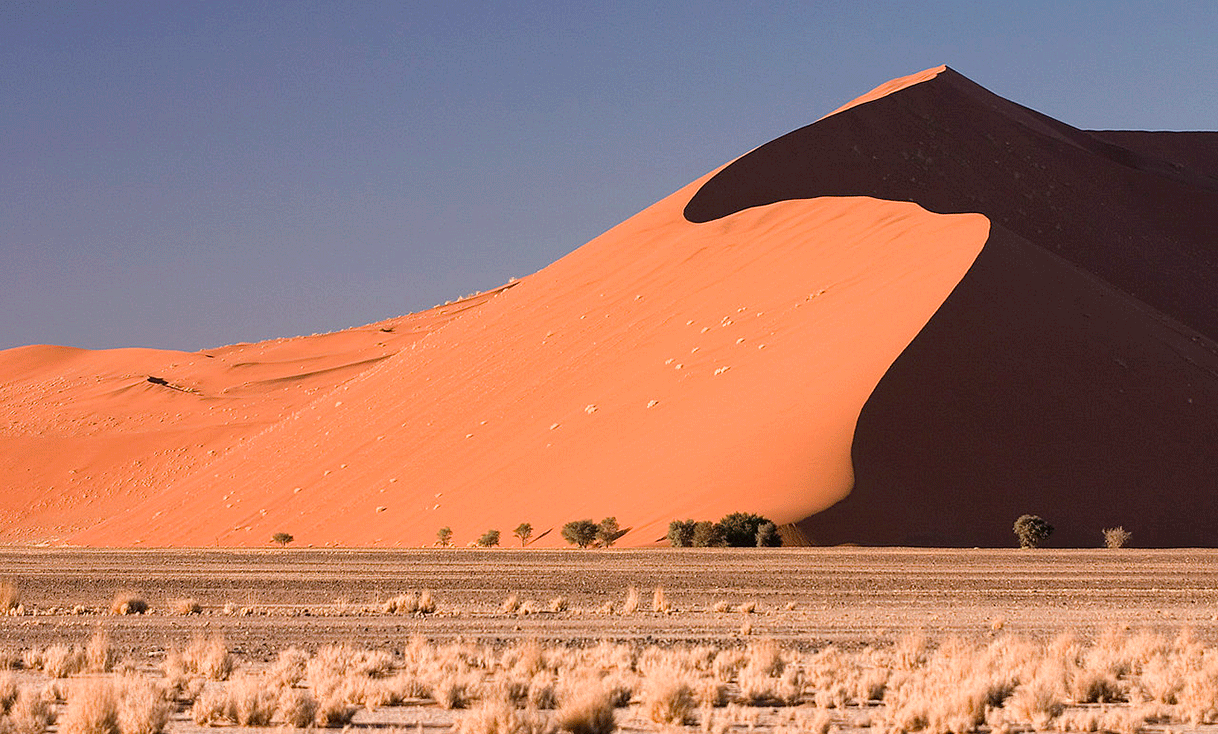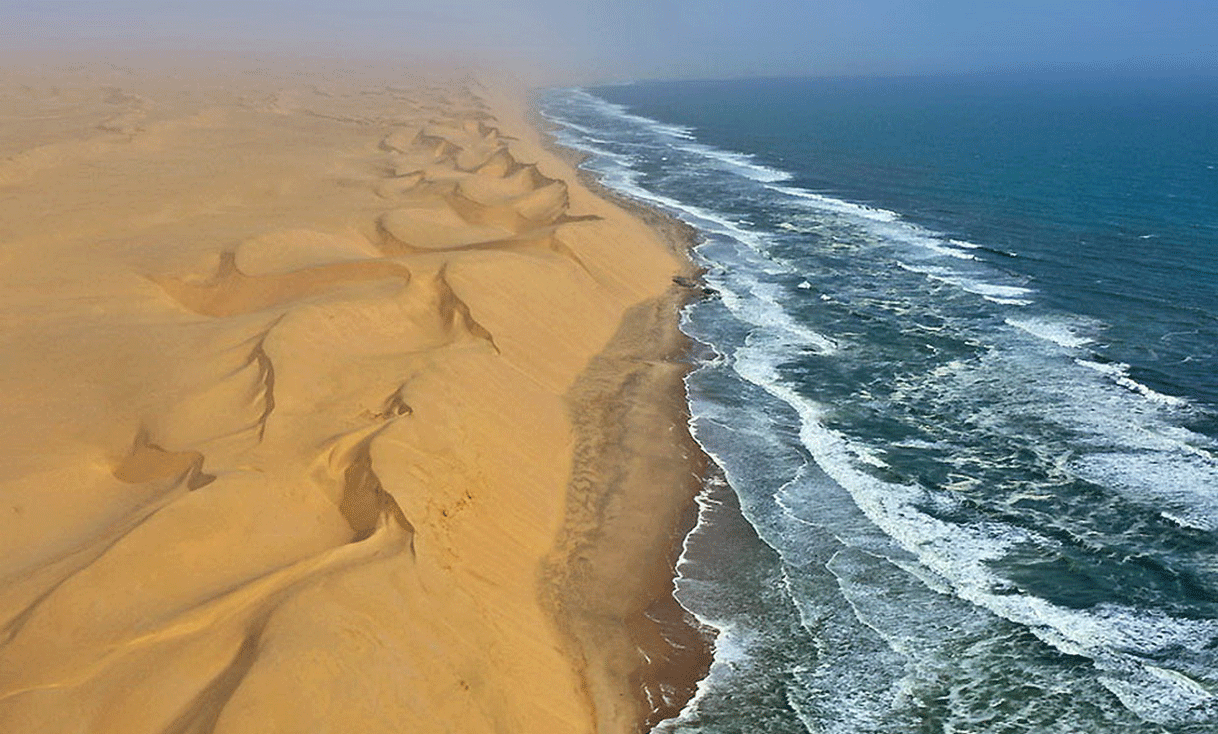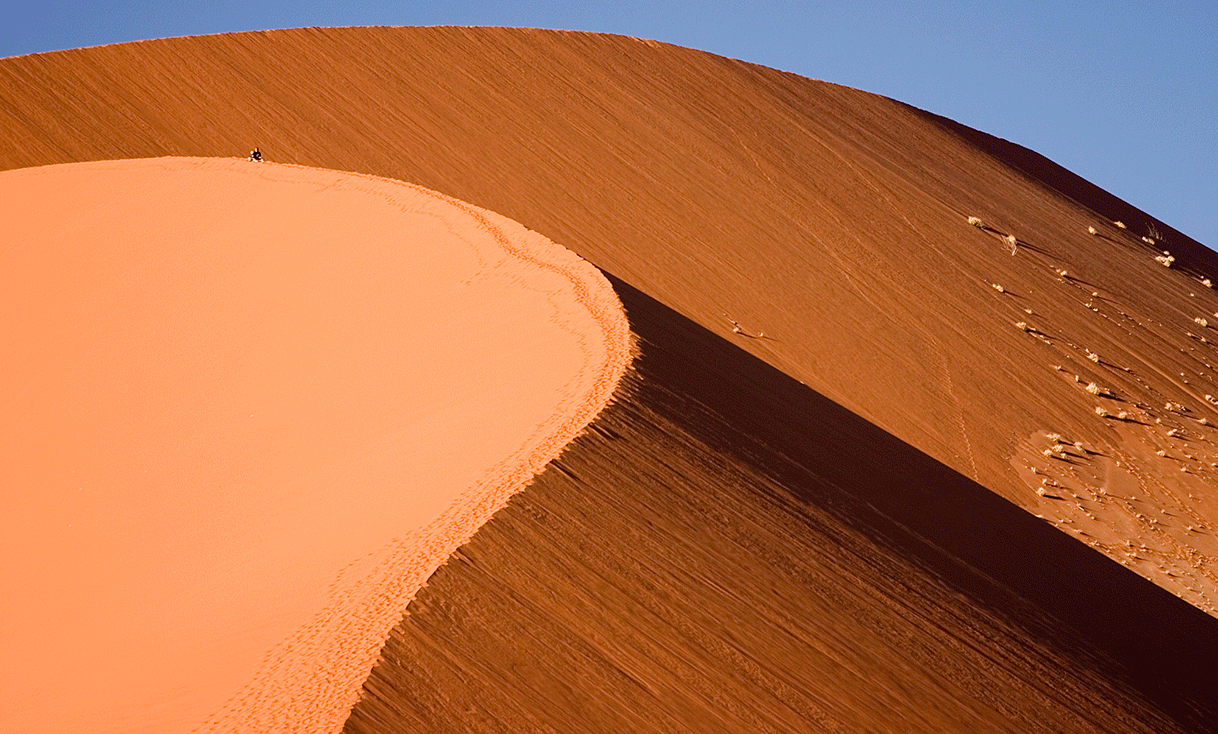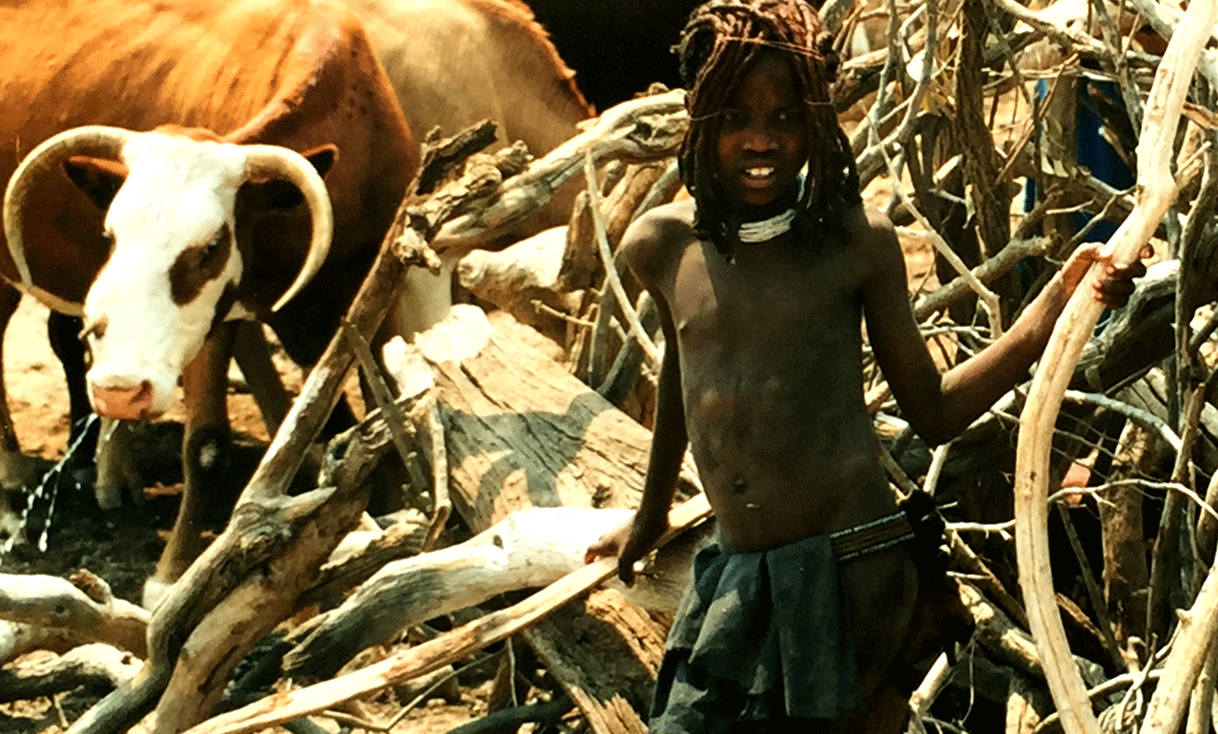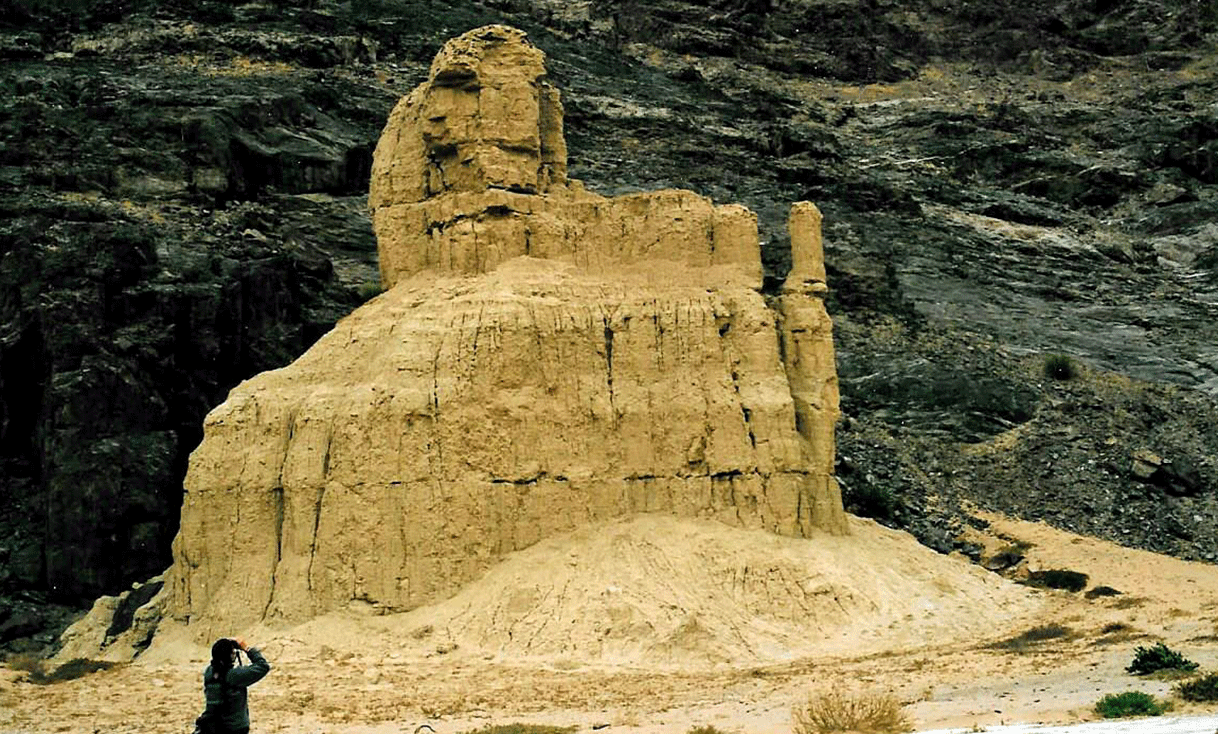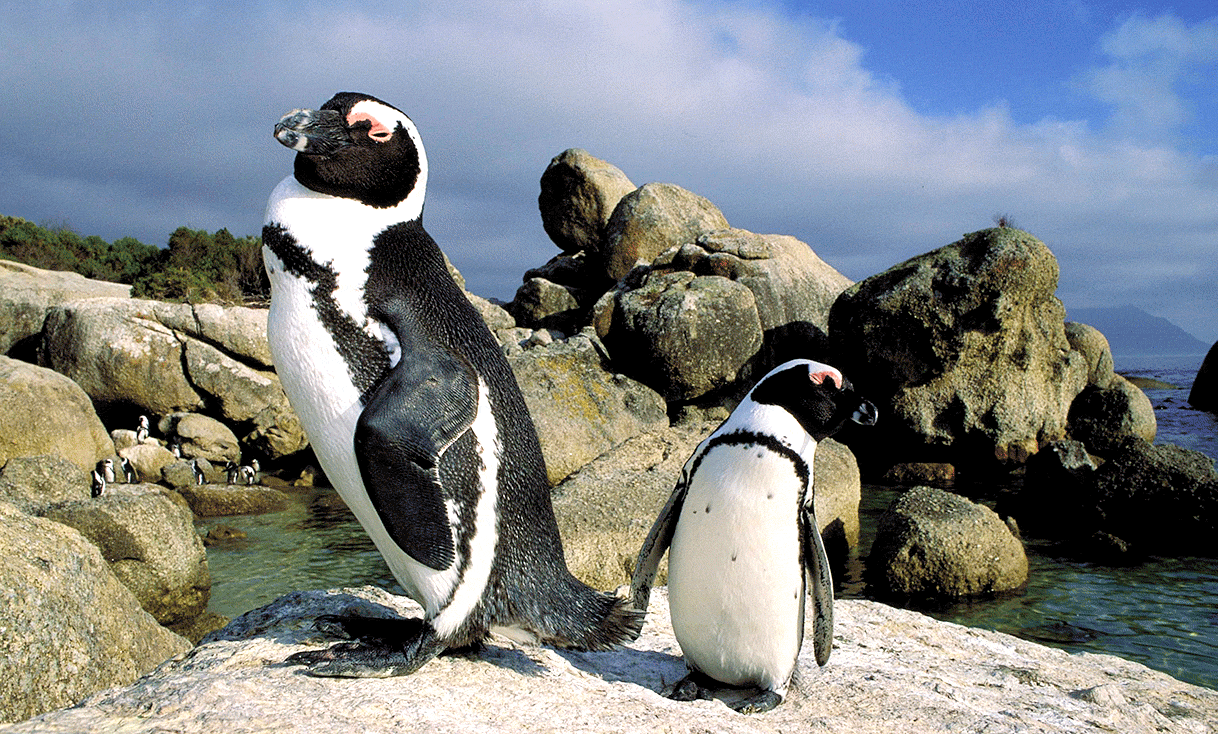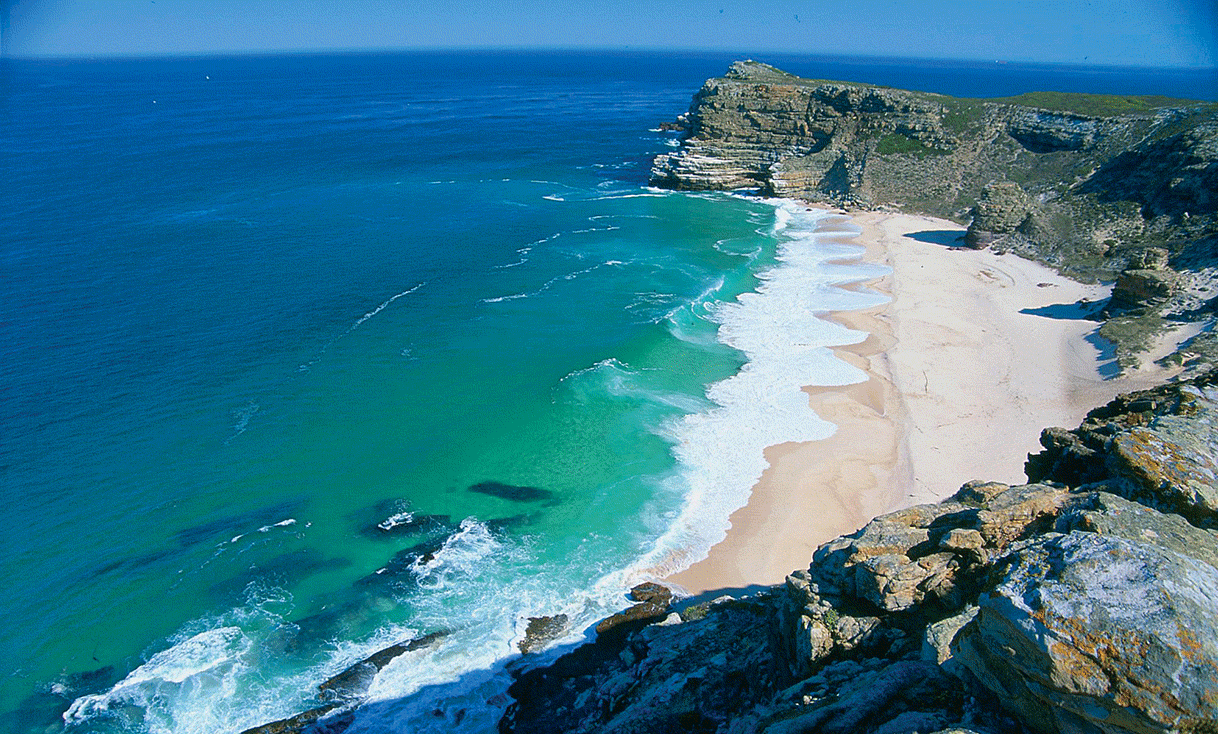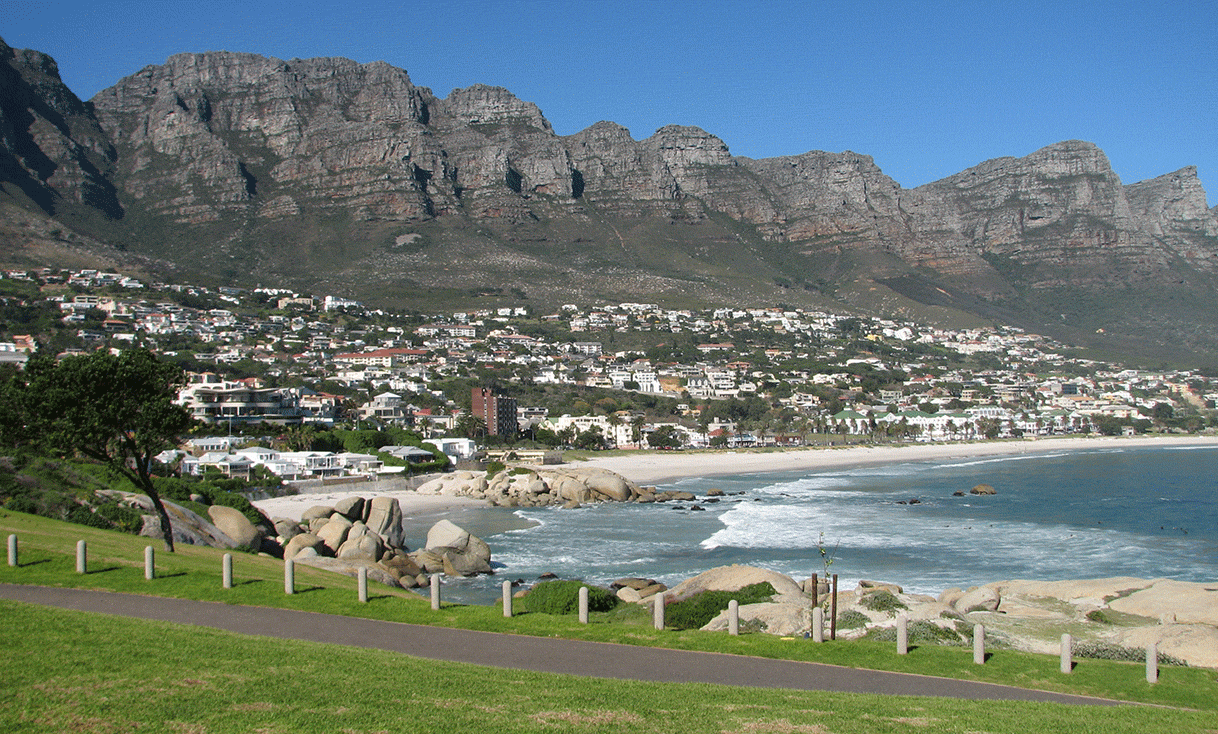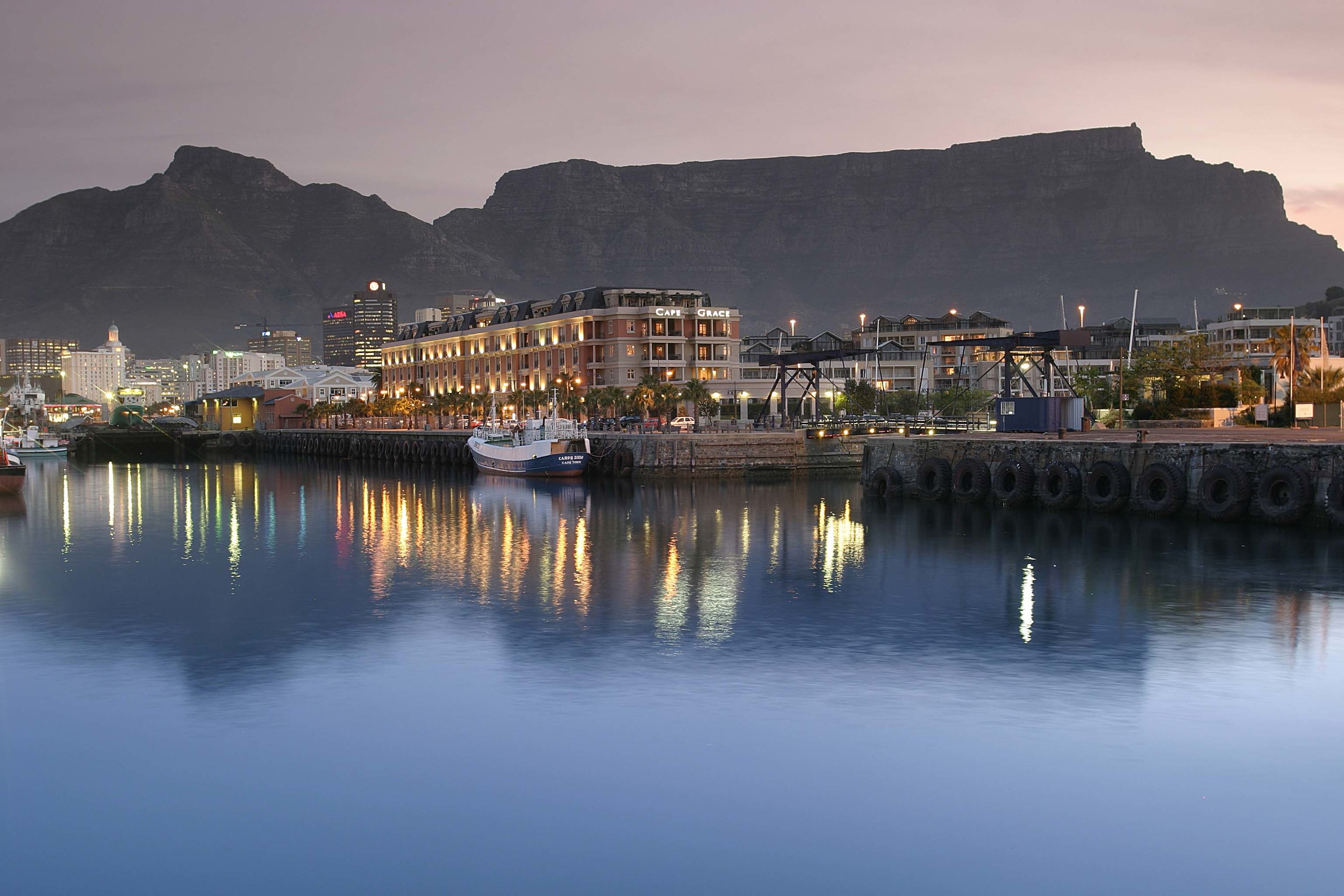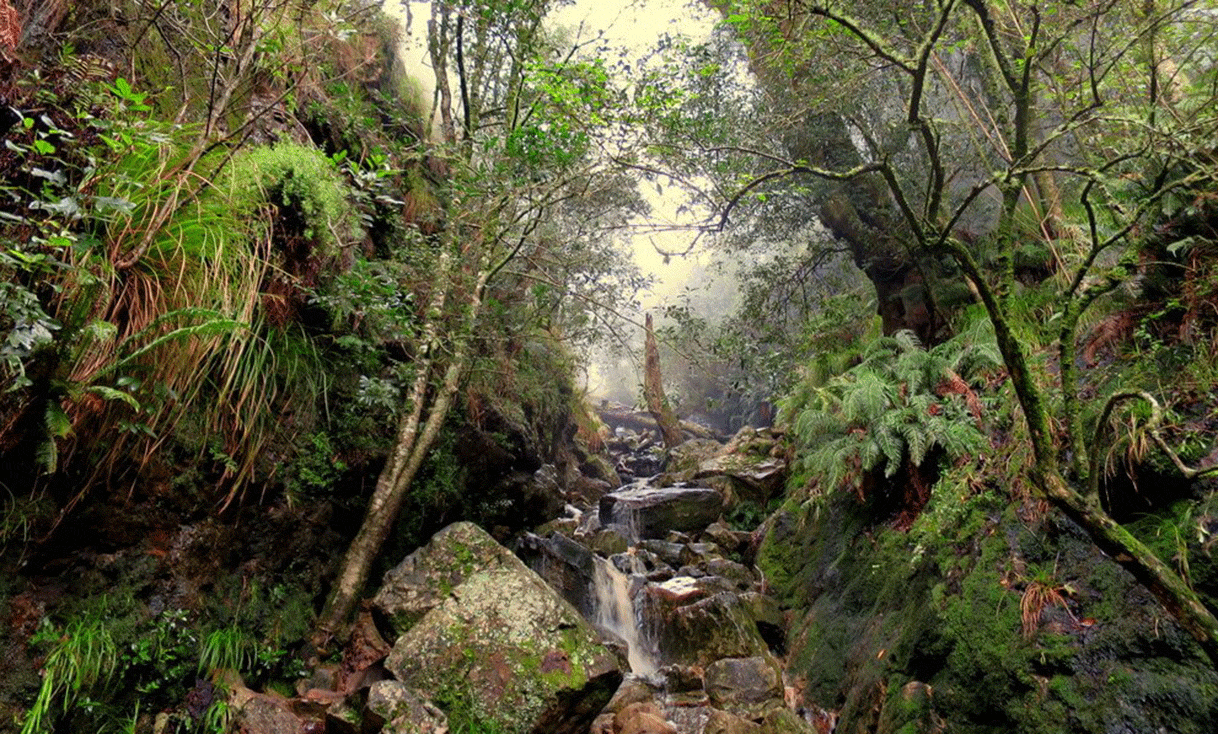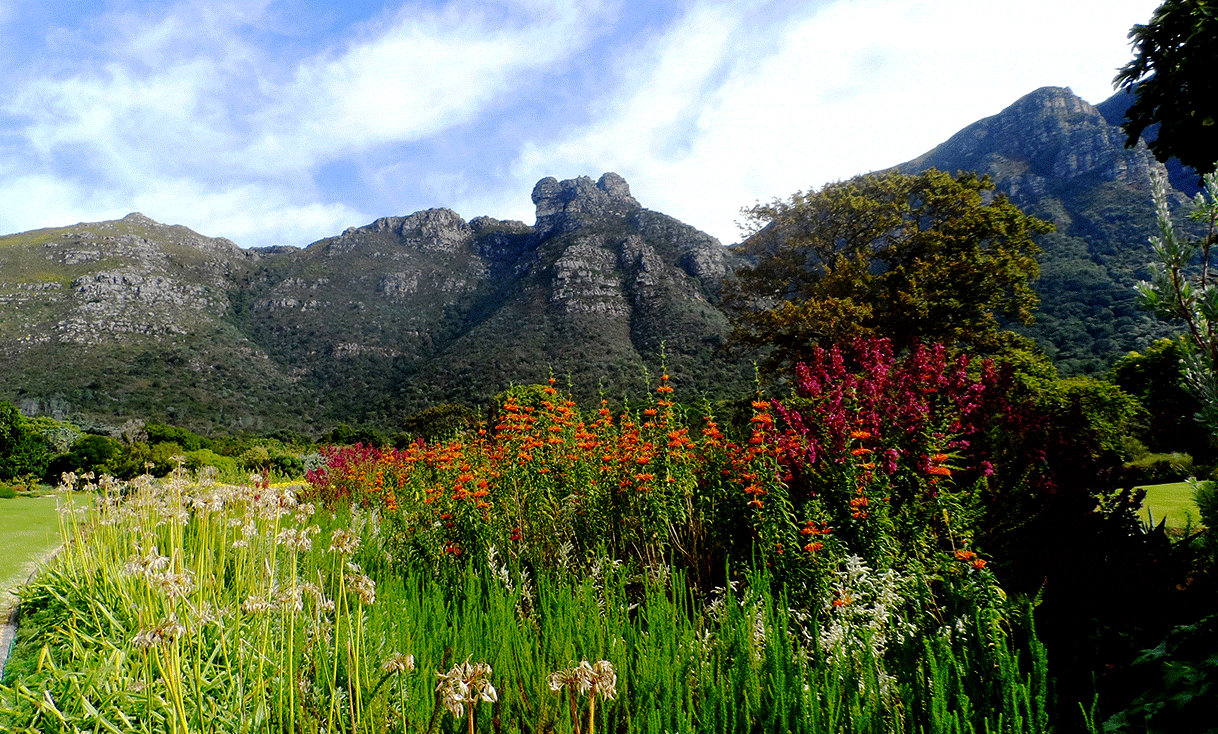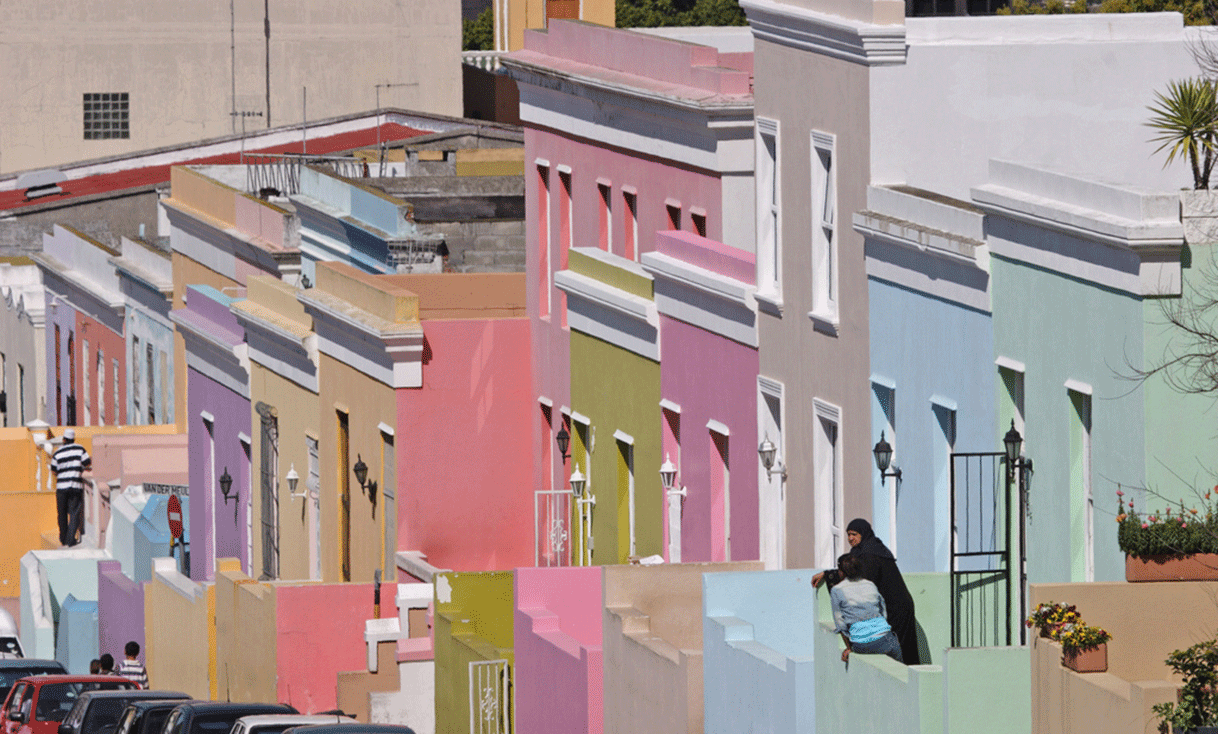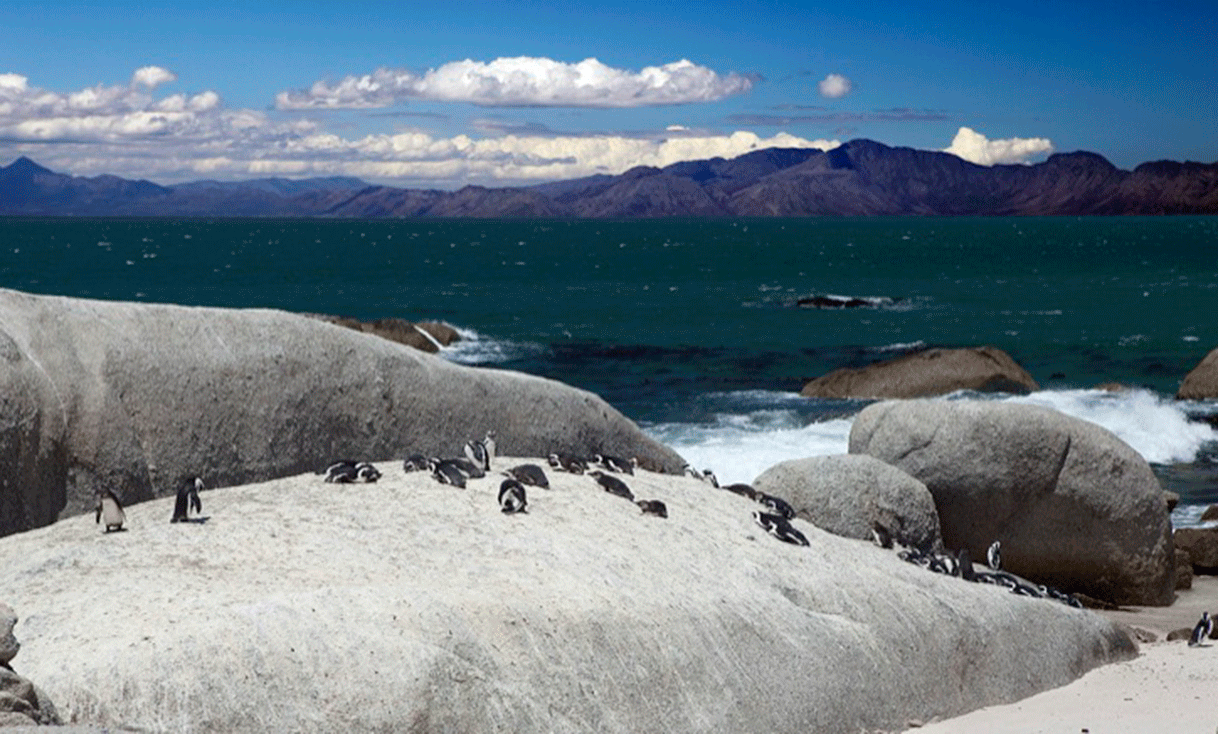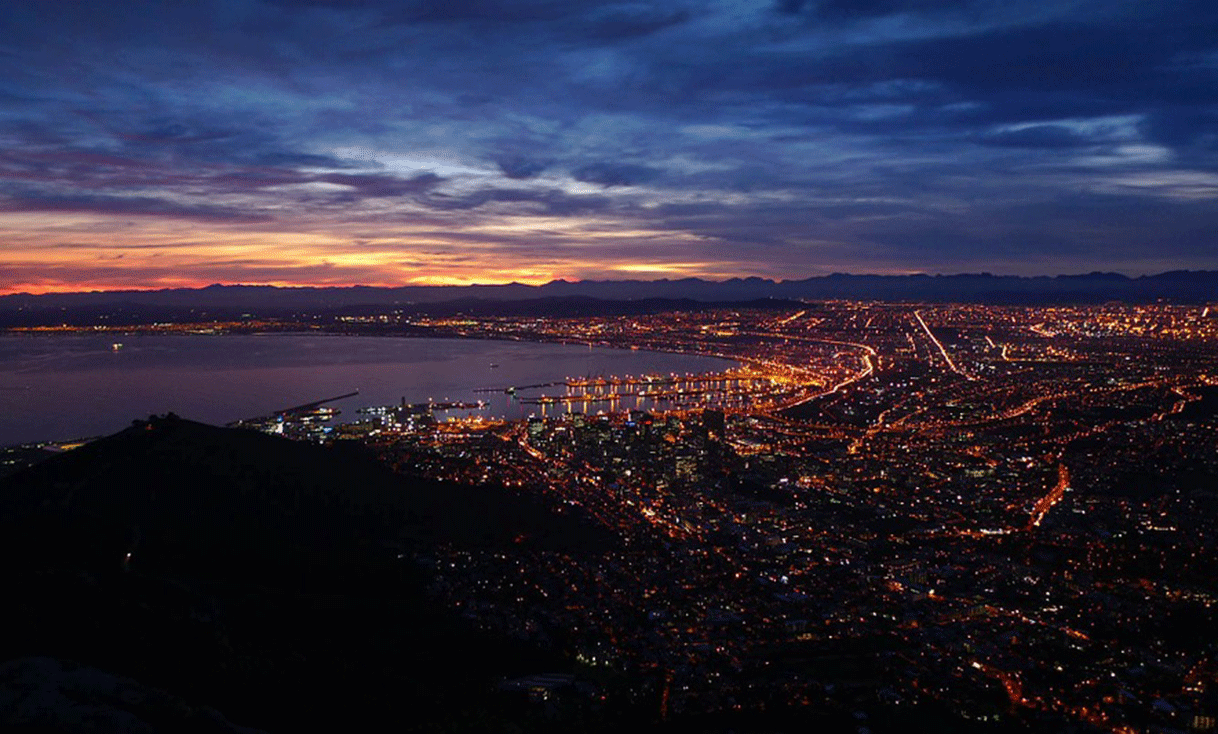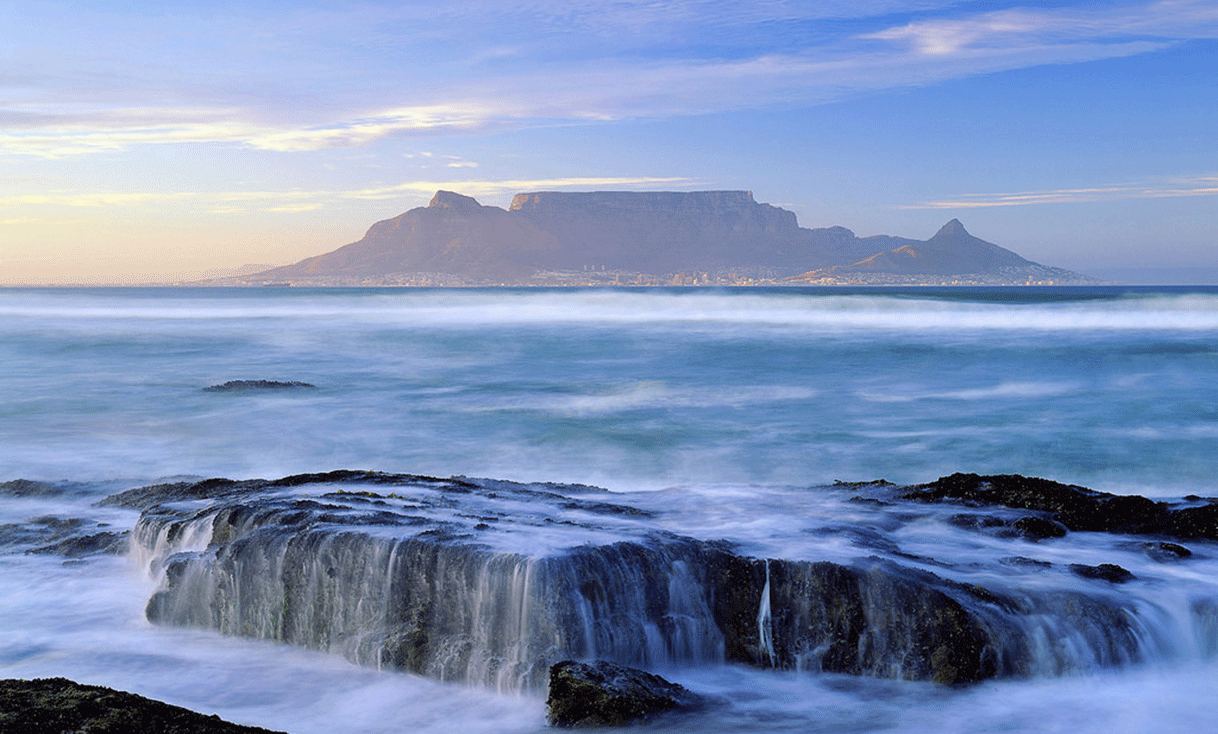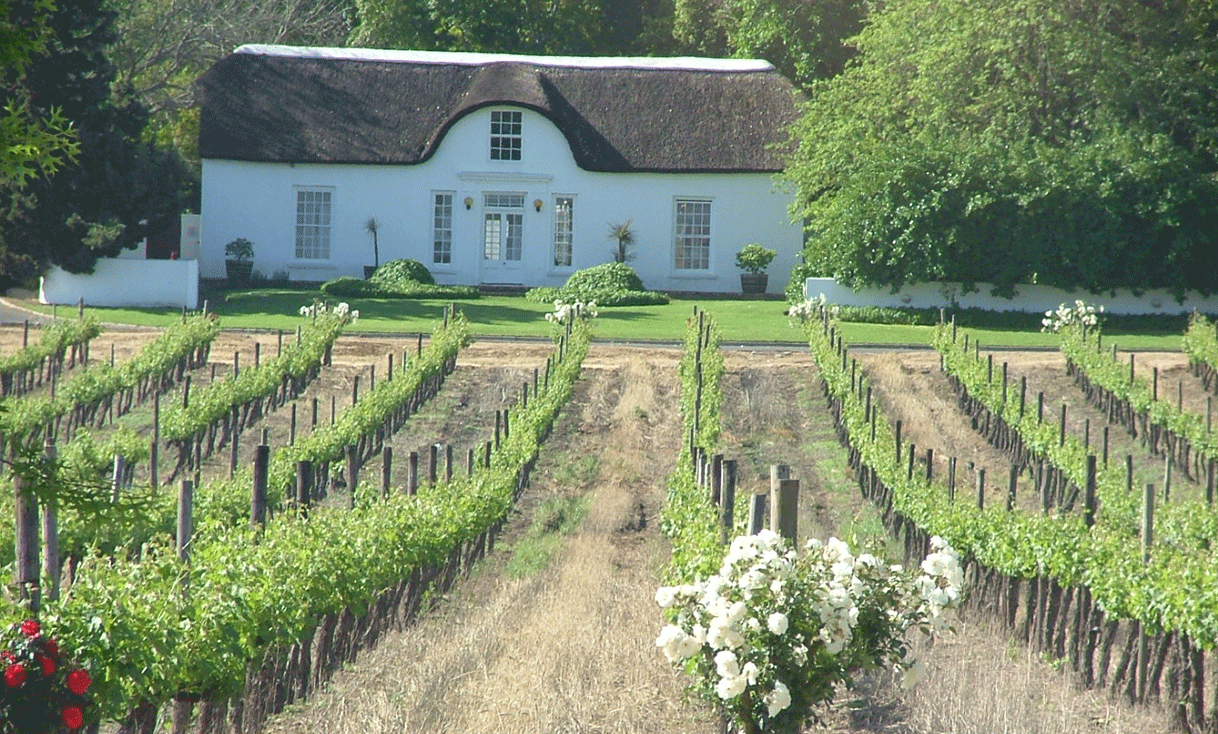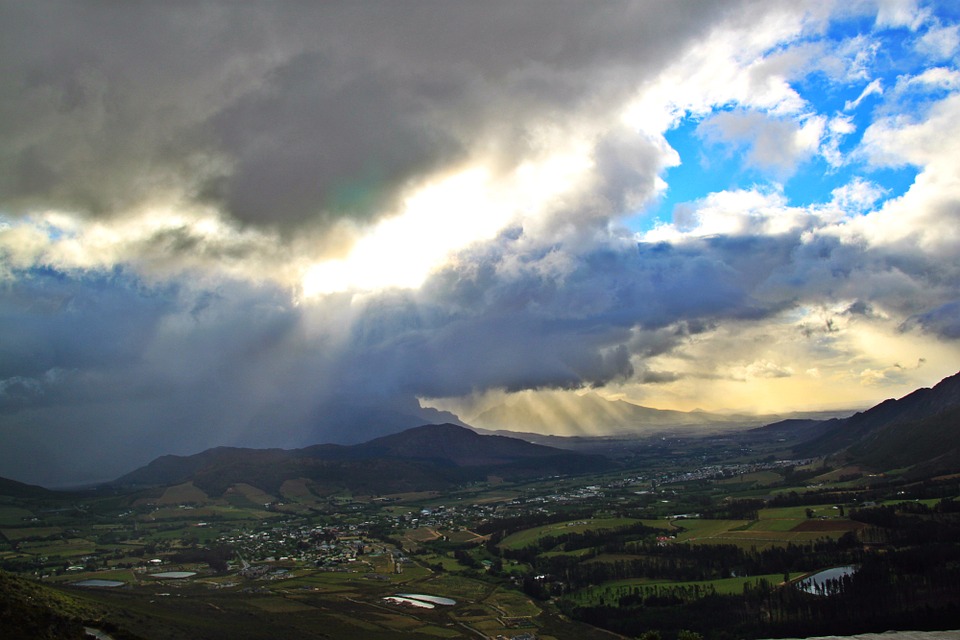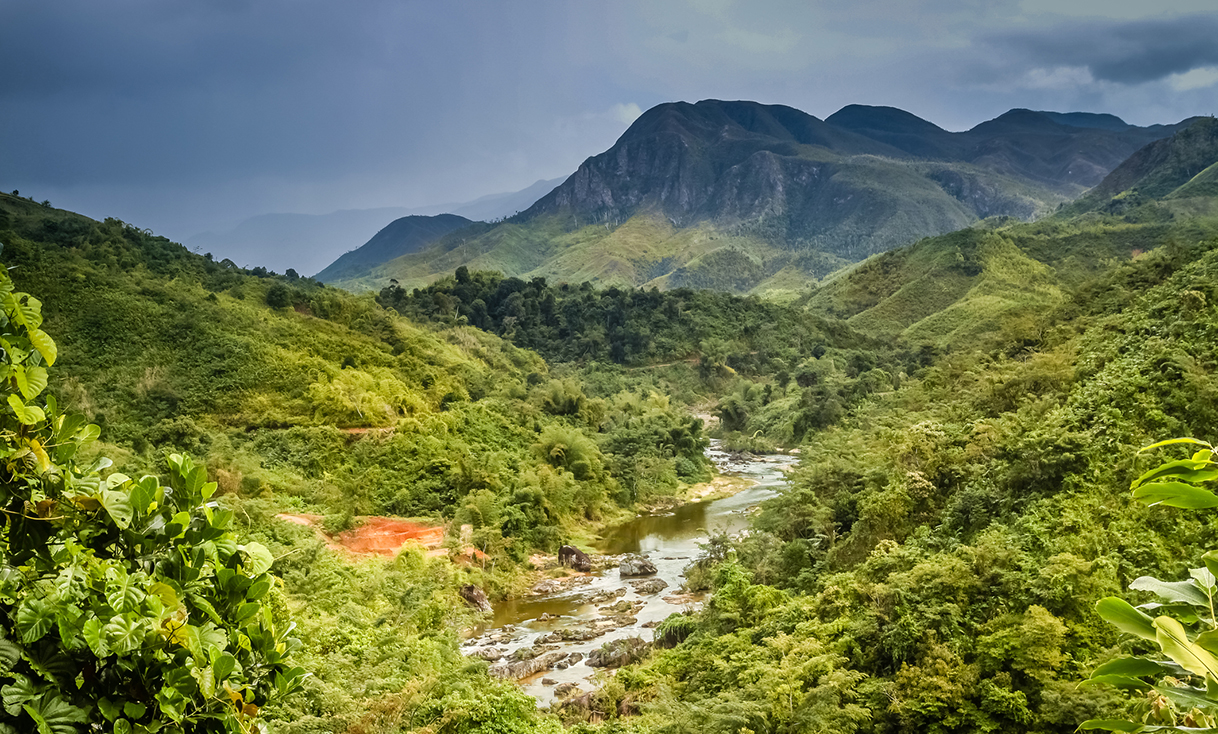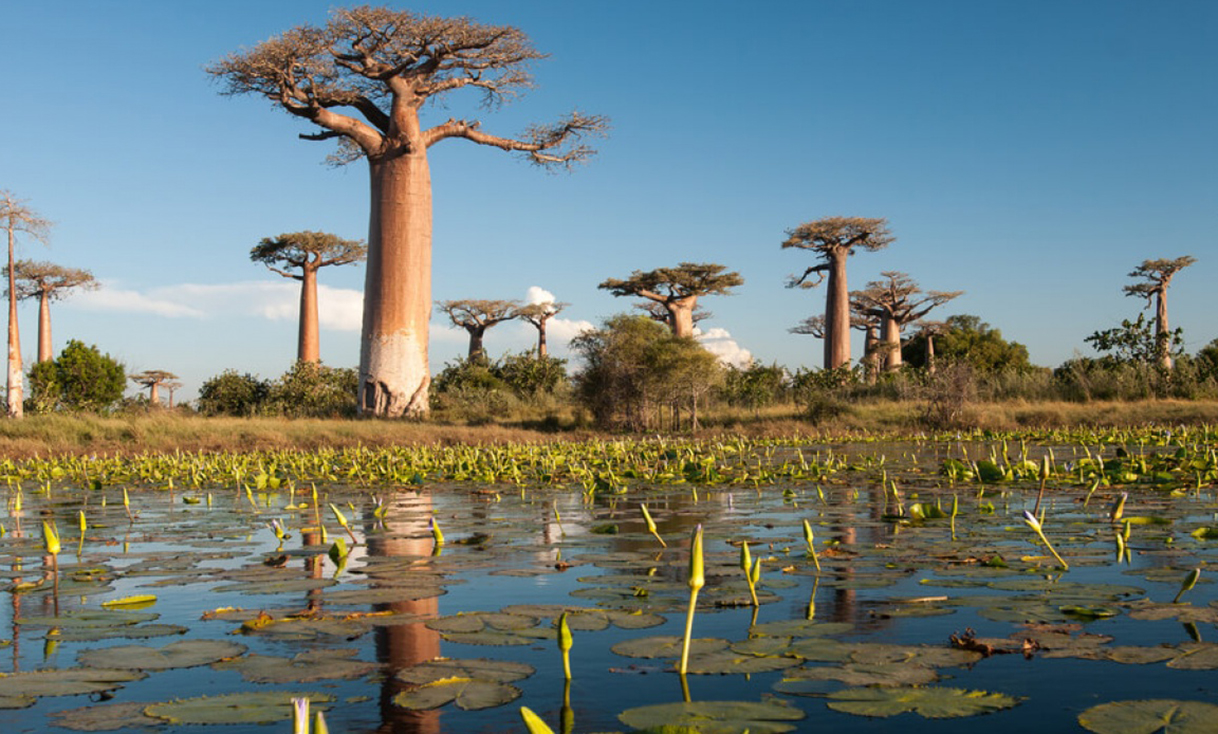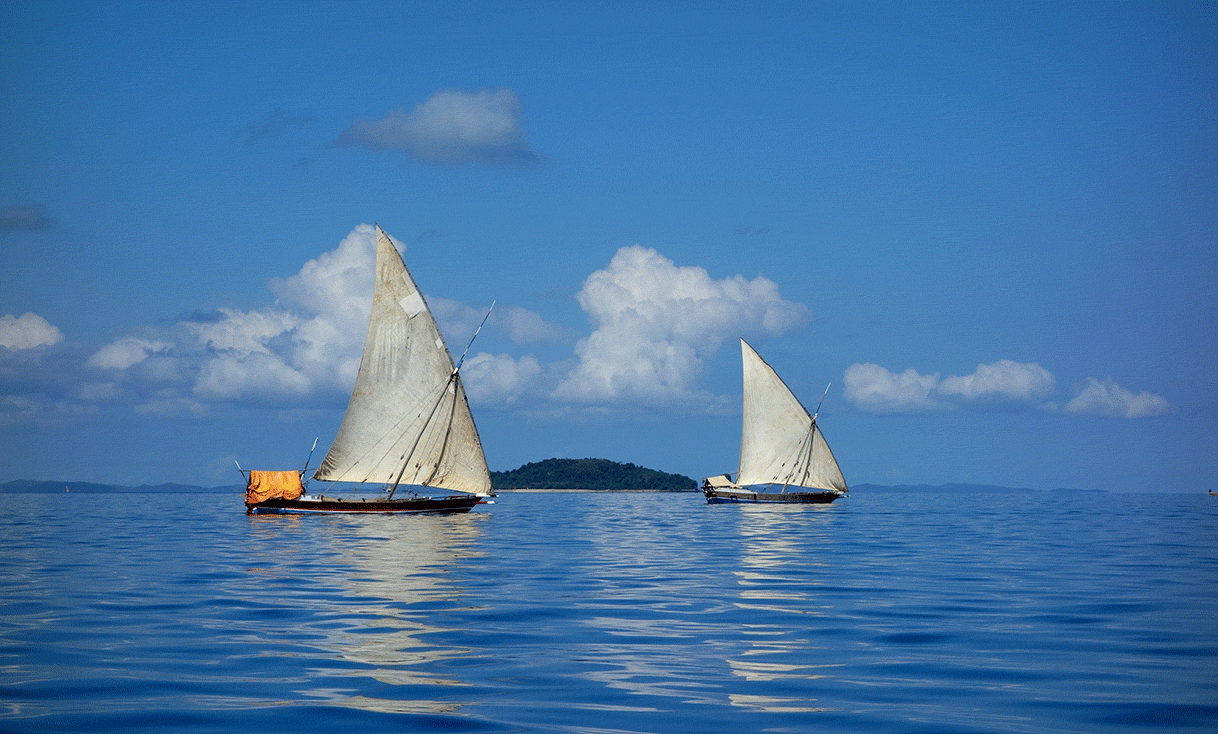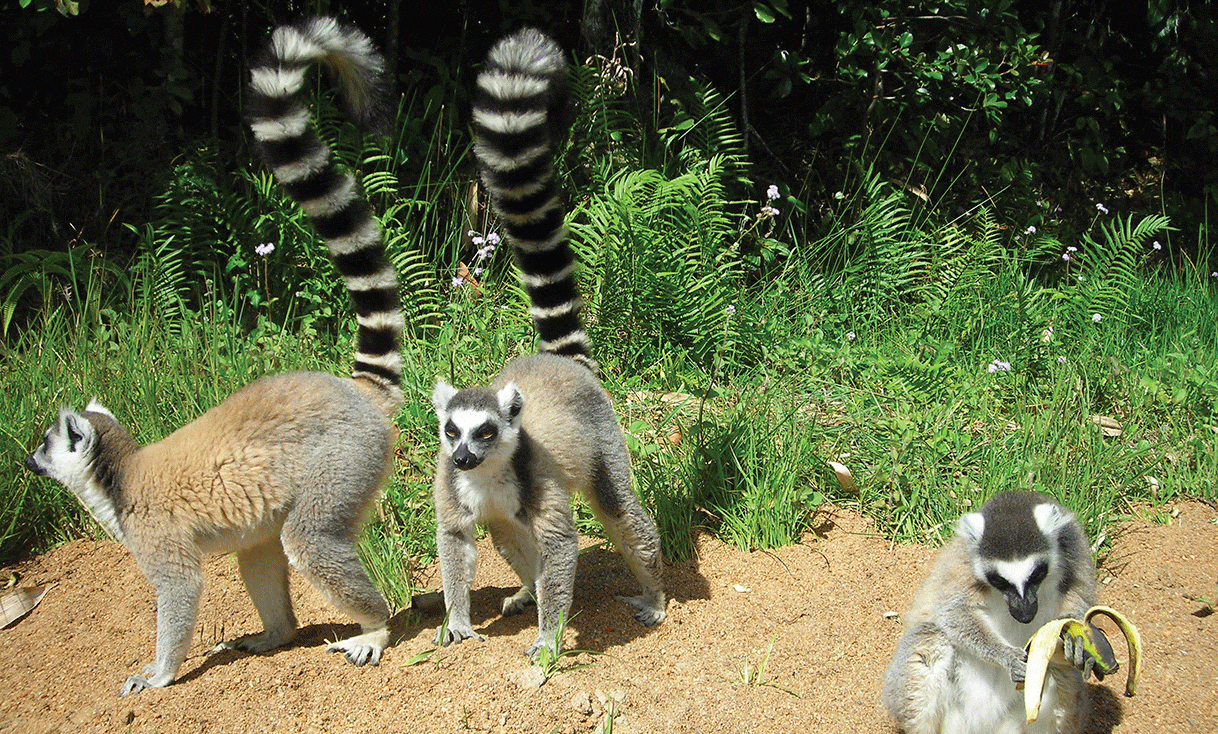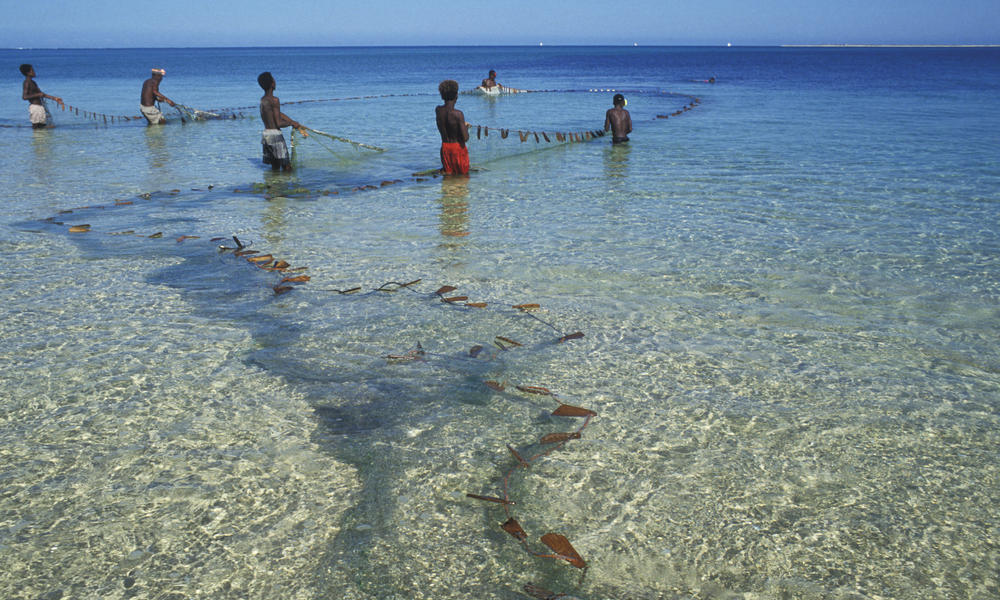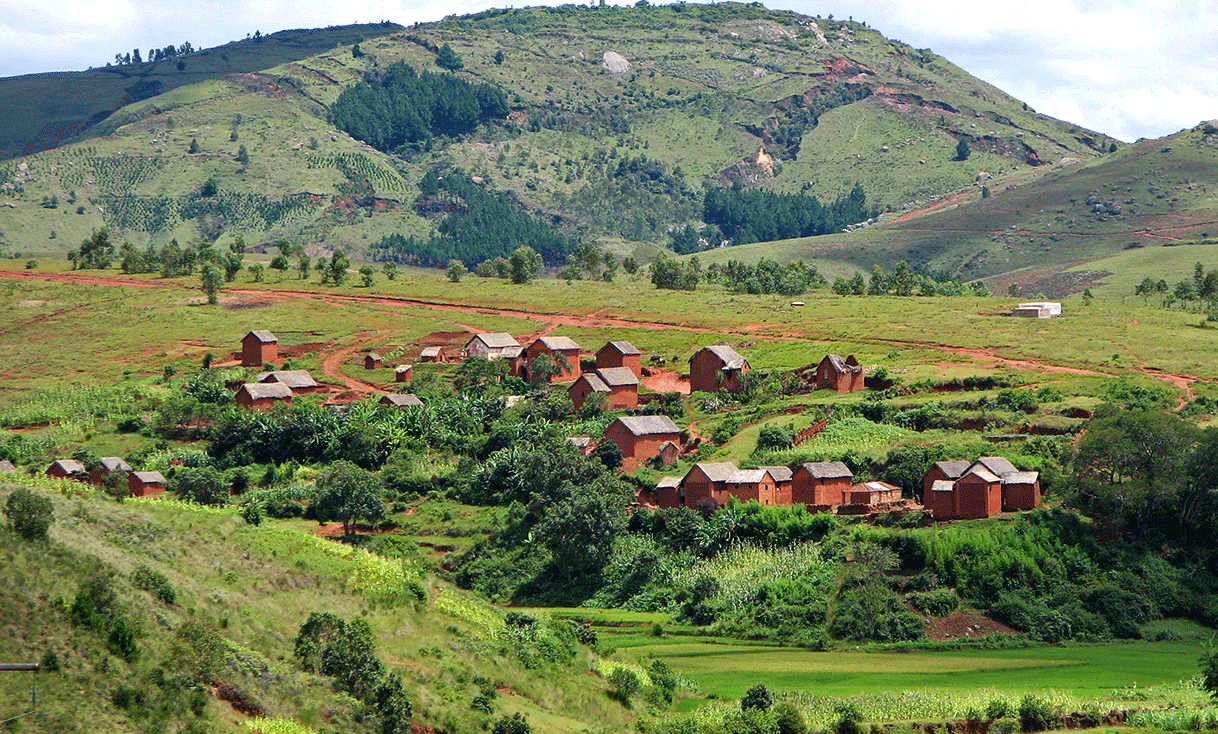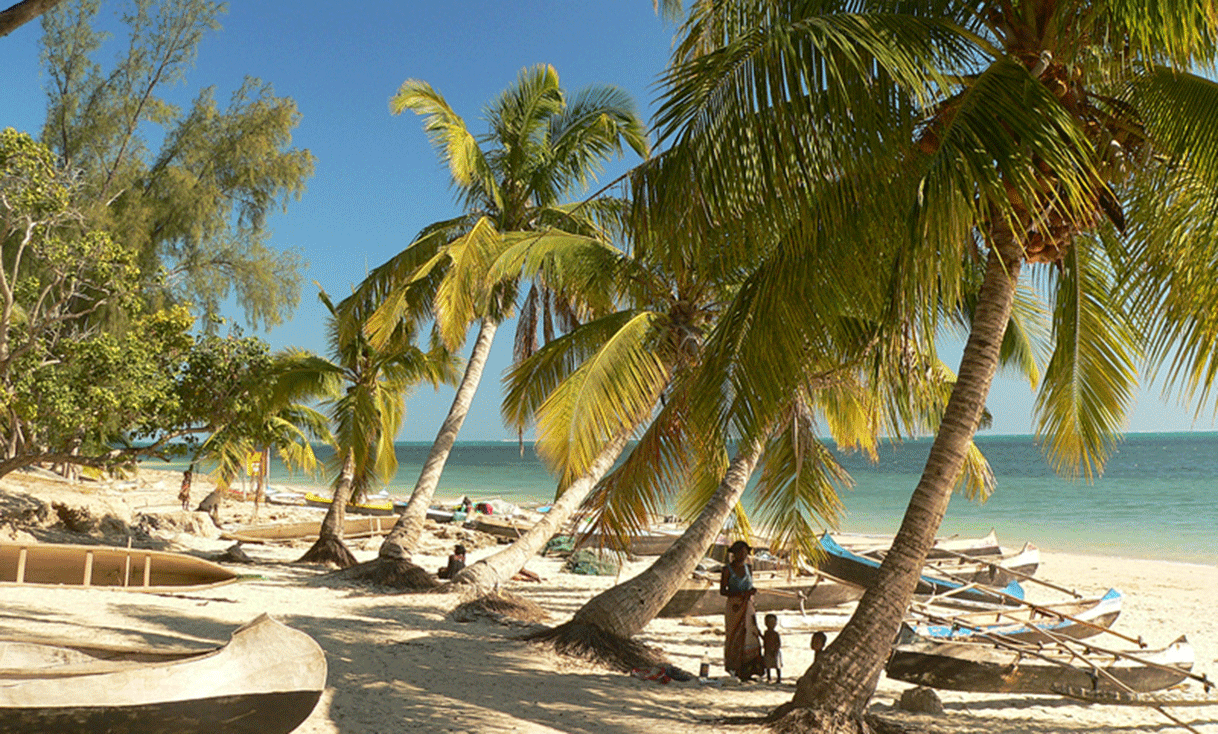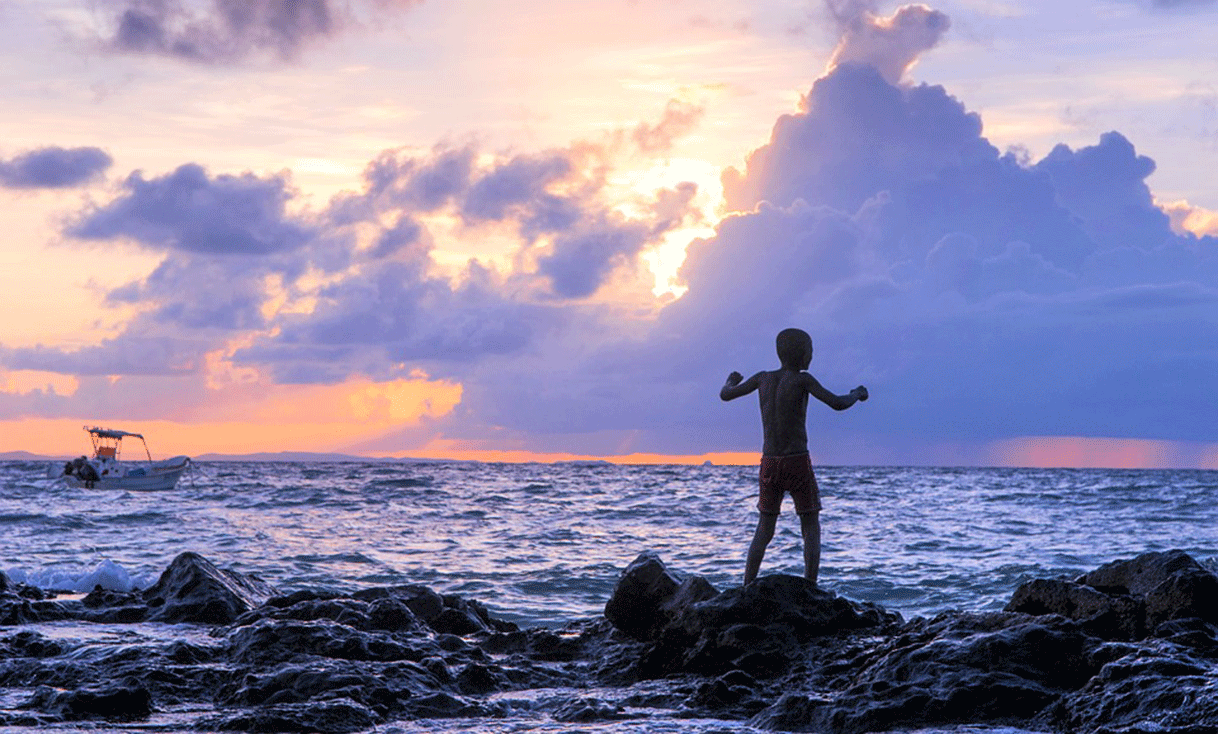Southern Africa: Malawi, Zambia, Zimbabwe, Botswana, Namibia, South Africa, Madagascar
Malawi
No Images Rights
Find a photo w Mokoro canoe on water or elephants at waters edge. The Okavango delta is the main thing we sell there
What We Love
• The Great Rift Valley sculpts the fertile landscape of Malawi making for a varied and beautiful landscape.
• Lake Malawi runs the length of the eastern border and features white sands and turquoise waters that make the Caribbean look a tad murky by comparison.
• The Nyika Plateau in the north has plentiful wildlife and vast panoramic views and since there are only two operators allowed in the area, you don’t have to worry about crowds.
What To Do
• If you love riding, this is the place to go galloping alongside zebra, eland, roan and elephants.
• You can do day rides from tented camps or go on a longer 10-day journey tracking elephants through secluded valleys and plains.
• Give that bum a rest on the tropical shores of Lake Malawi
While You’re in the Neighborhood
You could add on a trip to the Mozambique coast, which has some of the finest beaches in the world. You’re also not too far from Victoria Falls either in Zambia or Zimbabwe.
Zambia
What We Love
The rarest bird in the world: the whale headed stork
• Zambia is a peaceful country with some fantastic parks and reserves chockablock with wildlife.
• The South Luangwa Valley floods for part of each year and as the waters recede and the pools dry up, the game in the area begin to concentrate around the Luangwa River and the many oxbow lakes.
• The game experience in South Luangwa is very exciting as the vehicles are completely open and the walks are with trained professional guides and armed rangers.
• In the dry season, thousands of Carmine Bee Eaters nest along the banks of the river. It’s a sight to behold.
• Zambia is one of the last places to see wild dog in Africa and it’s also home to the adorable elephant shrew.
• Victoria Falls
What To Do
• If you’re looking for a walking safari in Africa, this country is hard to beat.
• While most people head to the Luangwa Valley, we also love visiting the larger, yet rarely visited Kafue National Park which has plenty of game, as well as the Bangweulu Swamps
• The Bangweulu swamps are home to the world’s rarest bird, the whale-headed stork. You can also spot African sitatungu and the black lechwe.
• Take a thrilling night game drive where one can see lions, leopards and hyenas on the hunt. Watch enormous pink hippos grazing on land and see rare small mammals that most people will never see.
Zimbabwe
No Image rights
What We Love
• Zambia’s larger neighbor, Zimbabwe (roughly the size of California) is home to some of the greatest wildlife populations in Africa. The country has carefully conserved and managed their wildlife populations and kept tourist developments at a modest level, which means a safari in Zimbabwe will be a peaceful experience.
• “The Smoke that Thunders” (a.k.a. Victoria Falls, after Queen Victoria, what Dr. Livington presumed to name it) is also found in Zimbabwe. It is one of the "Seven Wonders of the World."
• Zimbabwe has several spectacular parks, such as Matusadona, Hwange and the famous Mana Pools National Park, which was declared a World Heritage Site in l988.
• You can pretty much do any type of safari you like here. There are beautifully situated small camps, lodges, and private mobile camps. For more active trips you can do canoe, horseback or walking safaris. Or mix and match.
What To Do
• Canoeing on the Zambezi River where one can get up close to the animals in relative stealth. Hippos surface with a snort as one drifts by and it is possible to get within meters of grazing buffalo, slide by sleeping crocodiles, and watch elephants come down to drink.
• Walking with a professional armed guard and stalking game may be one of the most exciting experiences in Africa. Some of the best African guides have been trained in Zimbabwe and will lead you on a thrilling (yet safe) journey into the bush.
• For the true thrill-seekers, white water rafting on the Zambezi offers some of the biggest rapids on the planet.
• Take the 111 meter (364 feet) Bungee Jump from the no man’s land between Zambia and Zimbabwe.
While You’re in the Neighborhood
• We recommend combining a trip to Zimbabwe with Zambia (with perhaps the best site to view the falls), Botswana, South Africa, or Malawi.
Botswana
Photos courtesy Abercrombie & Kent
What We Love:
• Roughly the size of France, Botswana is known for two things: the Kalahari Desert and the completely magical Okavango Delta, a sort of inland sea fed by seasonal flooding. As the water dries up, so do the animals concentrate.
• Botswana is well-known as a forerunner in wildlife conservation. Indeed, they have one of the most thoughtful and strictly enforced land plans ever devised. The country has chosen a sustainable strategy to generate jobs and income from conserved land. They offer low volume, high quality tourism, which takes place on large private concessions with strict limits on development and guests–ipso facto: fantastic wildlife safaris.
What To Do:
• Choose from canoe, motorized boat, vehicle, or walking day trips with a professional guide.
• Spend a day with a group of semi-habituated elephants as they move about their daily lives. This was actually one of the most incredible experiences we have ever had in Africa. The peace and security that one feels adjusting to their world, walking with them through the bush and being welcomed into their group is well worth the time.
Where to Stay:
We have scouted out and selected the best camps in Botswana. These range from the classic fully mobile-tented safari camps to luxurious lodges featured in Architectural Digest. Most of the camps in Botswana are very small in size accommodating 4 - 20 people and often only accessible by air charter. This low volume, high quality approach to tourism has encouraged many safari operators to carefully protect their surrounding concessions. One of our favorite camps has over 35,000 elephants visiting the nearby parks each year.
While You’re in the Neighborhood:
We highly recommend a 3-day extension to see Victoria Falls. For those who have an extra week or more, it is also possible to combine trips to see the deserts in Namibia, go on a walking safari in Tanzania, Zambia or Zimbabwe, or explore the various different activities in South Africa, from the Kalahari Desert to the Vineyards on the Cape.
Namibia
Mixed Image rights
A Himba woman
What We Love
• 800,000 square kilometers of burnt red desert and soft rolling sand dunes
• The breathtaking and haunting beauty of the Skeleton Coast littered with shipwrecks and animal bones
• Magnificent backdrops for a surprisingly abundant wildlife population.
• We love to get a private plane and bush pilot to take us from camp to camp. Traveling by air really lets you absorb the incredible vastness of the landscape as well as optimizes your time exploring local areas.
What To Do
• Spot rare desert elephant crossing the sands from one ephemeral water source to another, or elusive brown hyenas, lions, and black-backed jackals roaming the beach scavenging for Cape fur seals and other marine life that have washed up on shore.
• Visit the Himba people who are semi-nomadic pastoralists. They have survived in this region since at least the 1500s. It is a special treat to have the opportunity to spend time with these ochre-covered people and learn about a very different way of life that is still intact, yet rapidly disappearing.
• Stalk white rhino on foot near the salt pans of Etosha National Park.
• Hot air balloon over some of the tallest dunes in the world at Sossusvlei.
Where to Stay
The lodges are well crafted to fit in with the surrounding environment. Some of these properties operate on extremely large private concessions, meaning one has almost exclusive use of enormous expanses to explore by Land Rover and on foot.
South Africa
What We Love
• South Africa is the most developed and cosmopolitan country in Africa. For those hesitant to leave too many Western comforts behind, this might be your neck of the continent.
• If you can’t take much time off, you can check a lot of boxes in a short time here. Also, direct flights from the U.S. make the journey much less exhausting.
• Many of the best camps are on private ranches that were previously fenced in as hunting reserves. Many of these fences have been removed or in the process of being taken down to allow the animals to once again roam freely among neighboring reserves and National Parks which is great news for the animals.
What To Do
• Wine tasting in one of the many famous vineyards
• Visit the Kalahari Desert and the famous Kruger Park.
• Hang with penguins and whales or go diving with great white sharks.
• Take the famous–and totally renovated–Blue Train or Rovos Train and experience Africa as travelers did in the past centuries.
Where To Stay
There are a lot of hotels and lodges to choose from. A lot. We know the best ones and can find you the best fit.
While You’re In the Neighborhood
South Africa is the natural entry point for the rest of Southern Africa.
Madagascar
This is a land where nature chose a different path from the rest of the world when it split off from Africa 65 million years ago. Here, one can find the world's most ancient primates, the lemurs, of which at least 40 species fill interesting niches from the forest floor to the canopy. Many other endemic species can also be found here, including almost 9,000 plants, 119 birds, 155 frogs and over half of the world's chameleon species.
If you’re interested in the remote islands of the world, Abercombie and Kent includes Madagascar on their Around the World Private Jet Tour which starts in Miami, ends in Monaco, and touches down along the way in places like the Amazon, Samoa, Papua New Guinea, and Easter Island.
